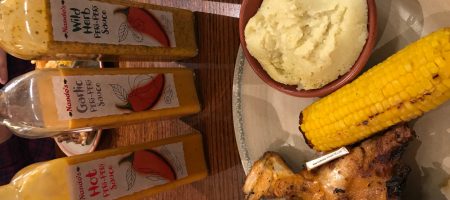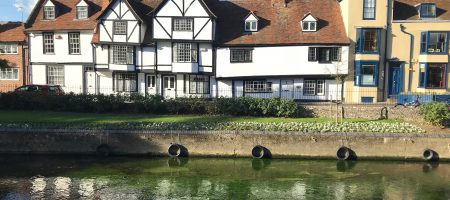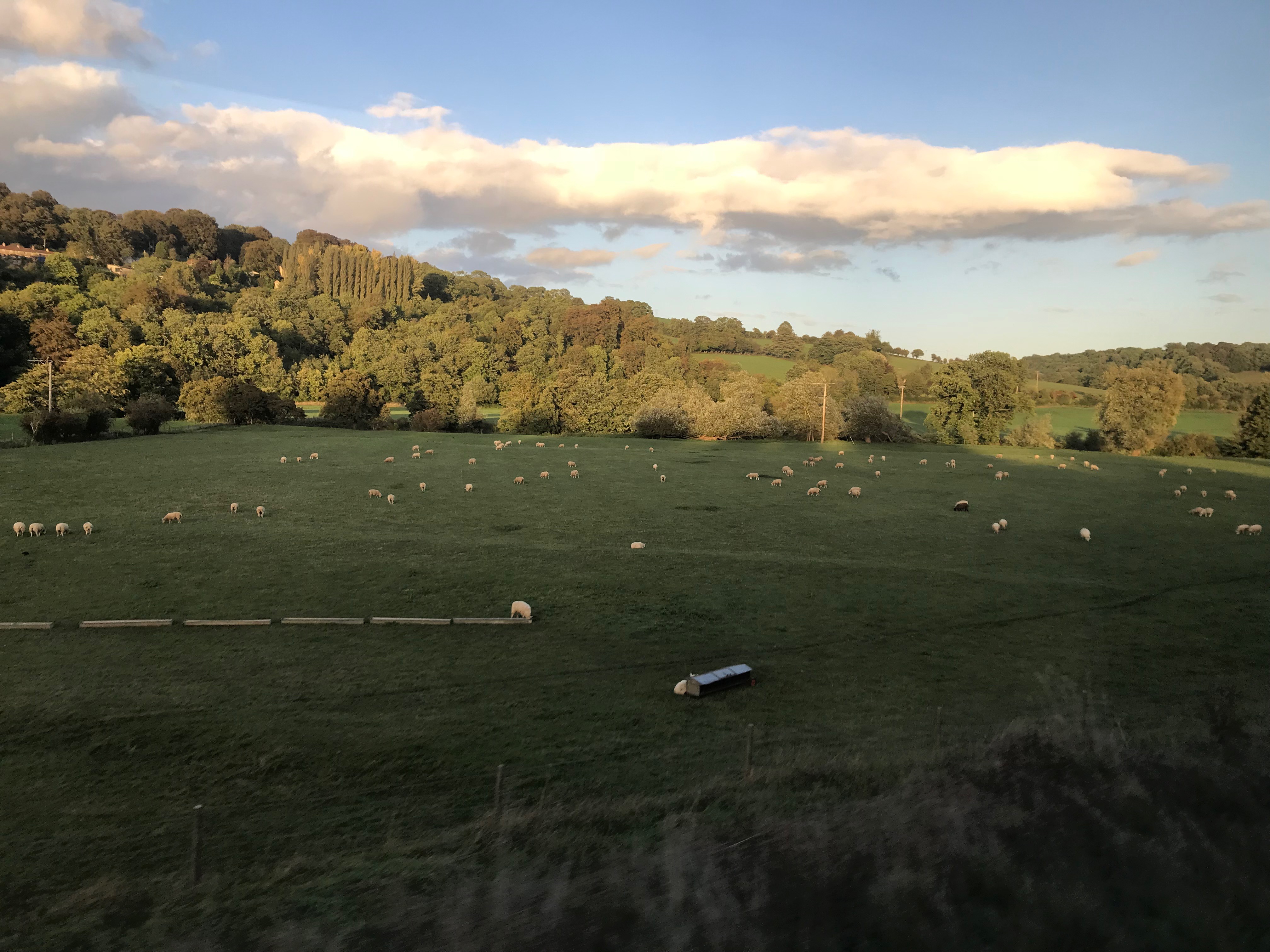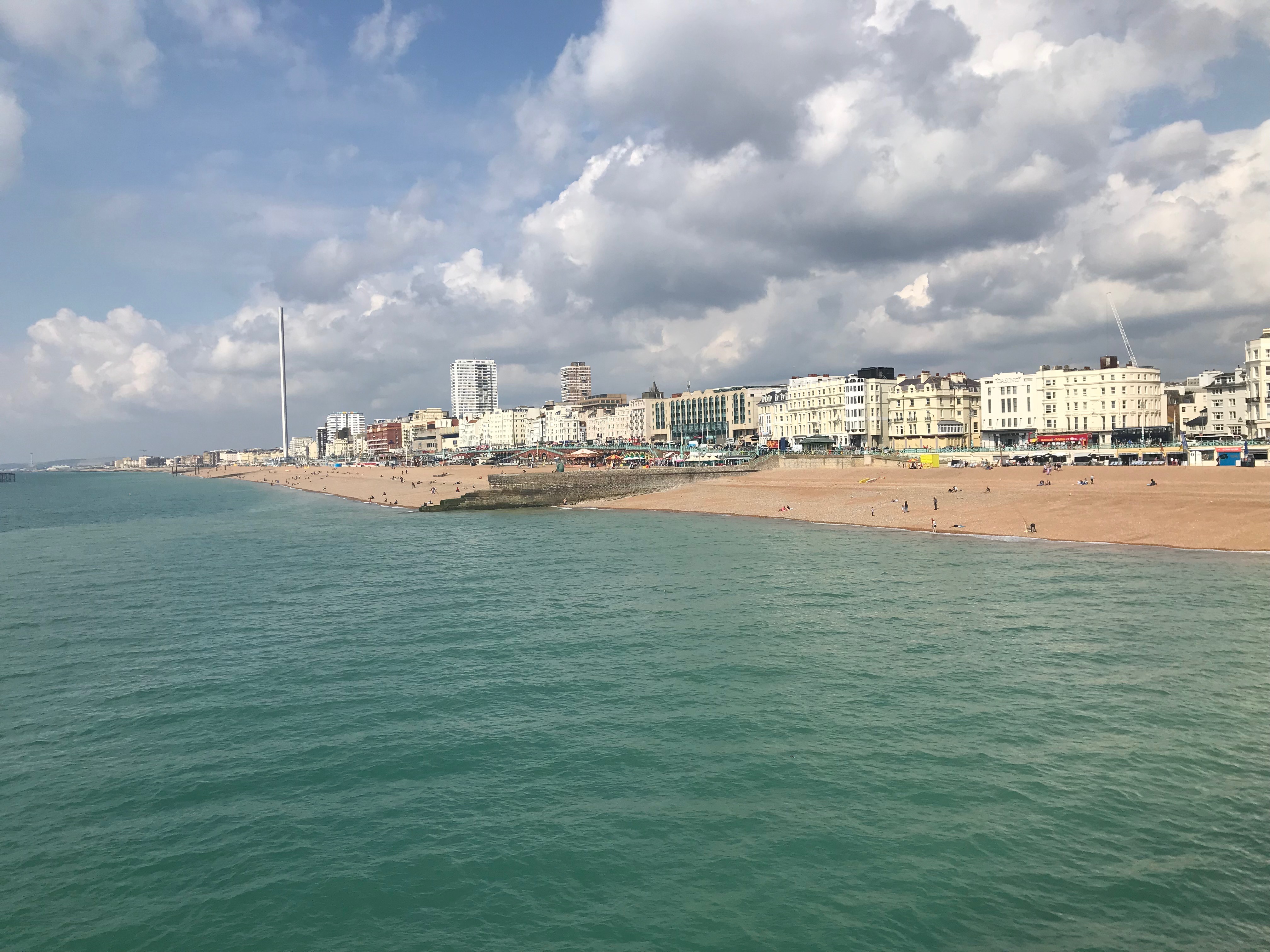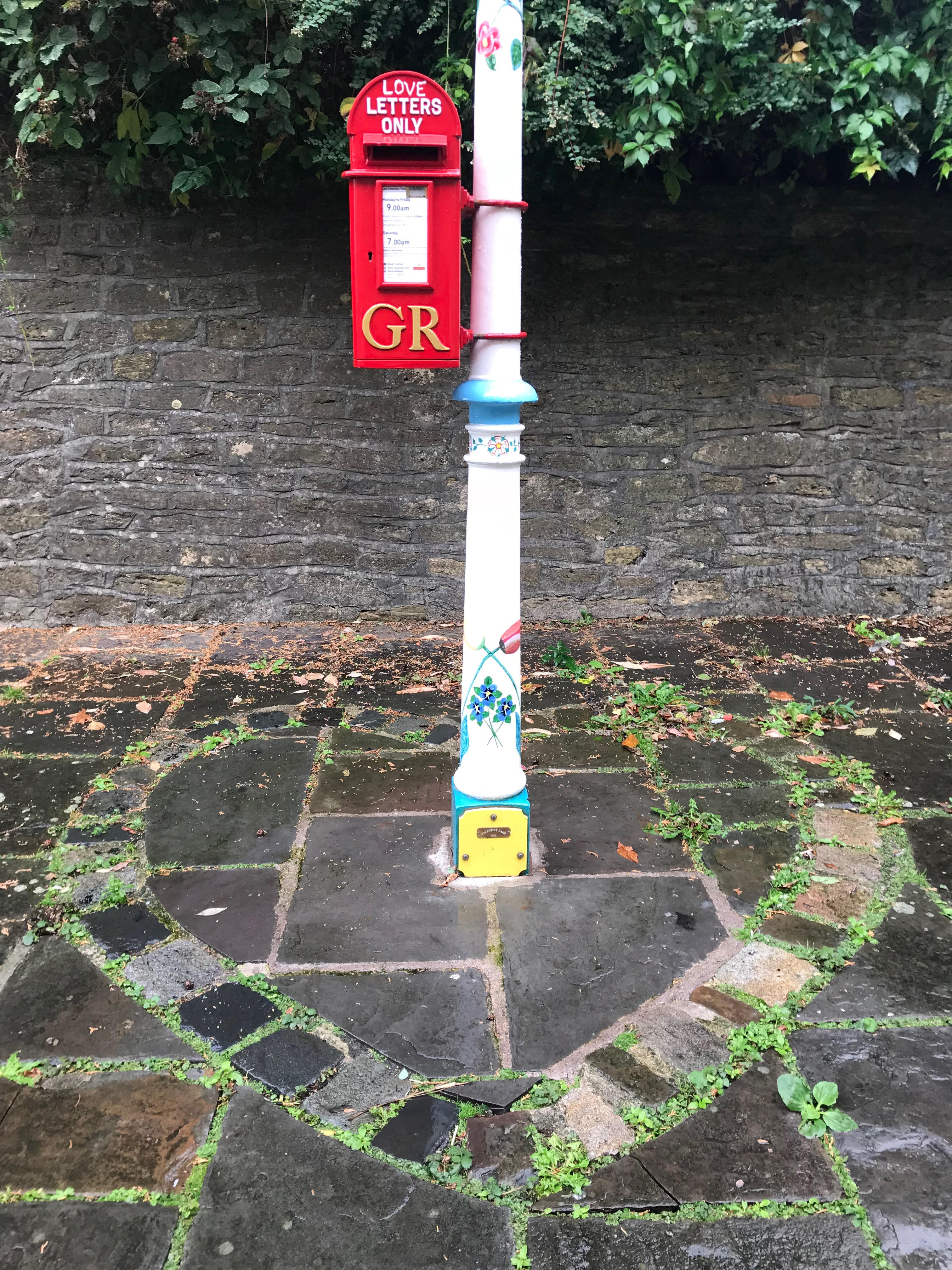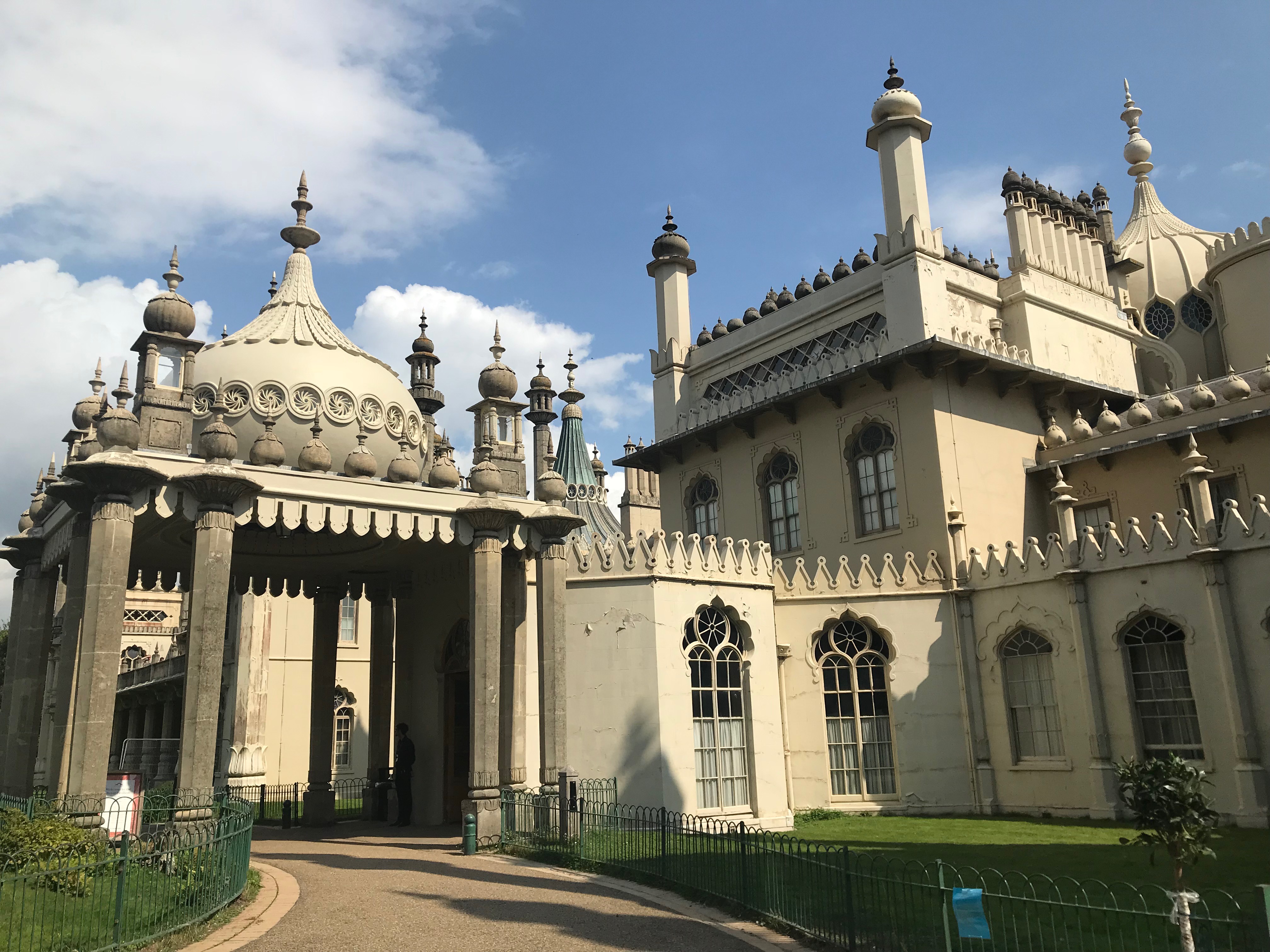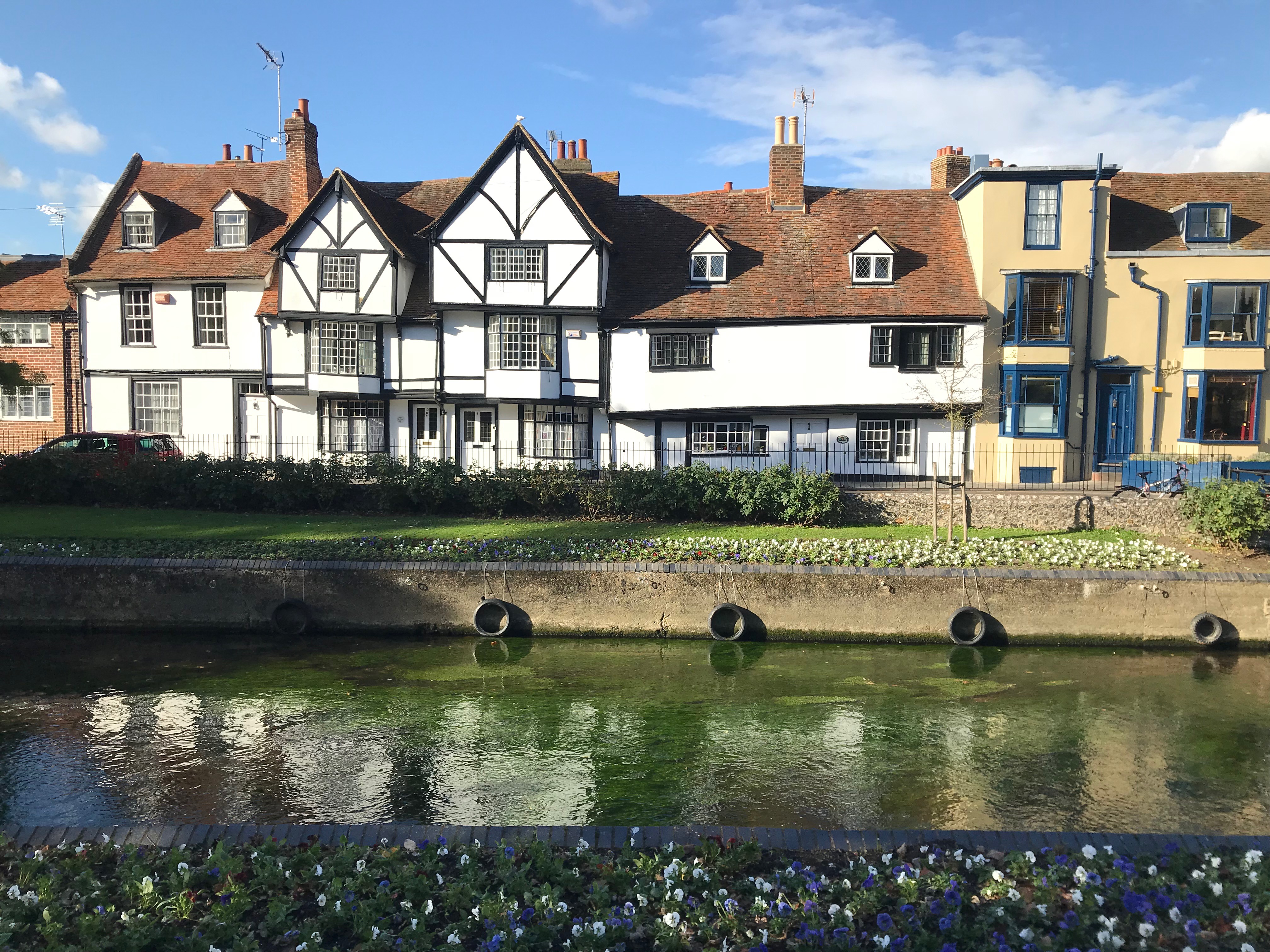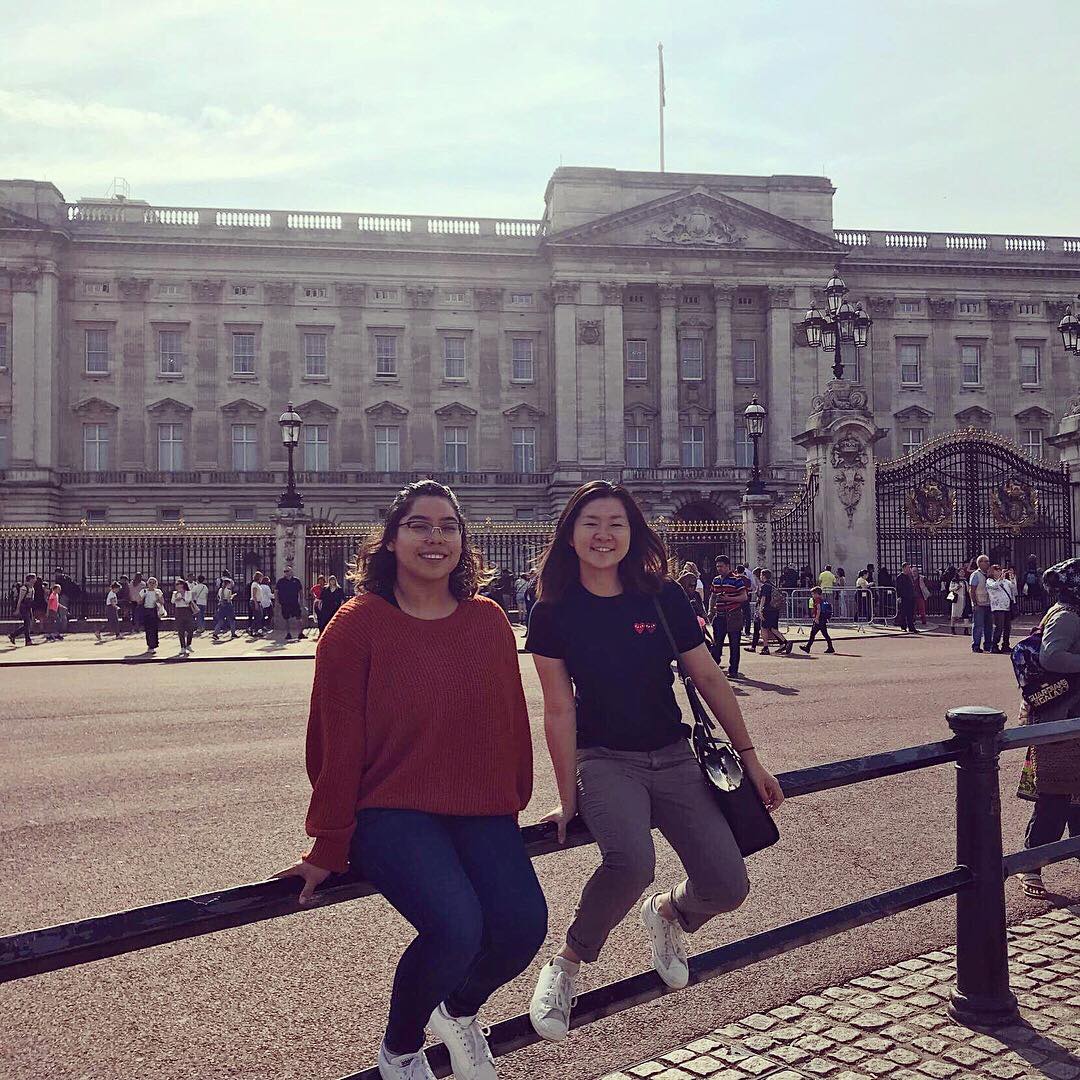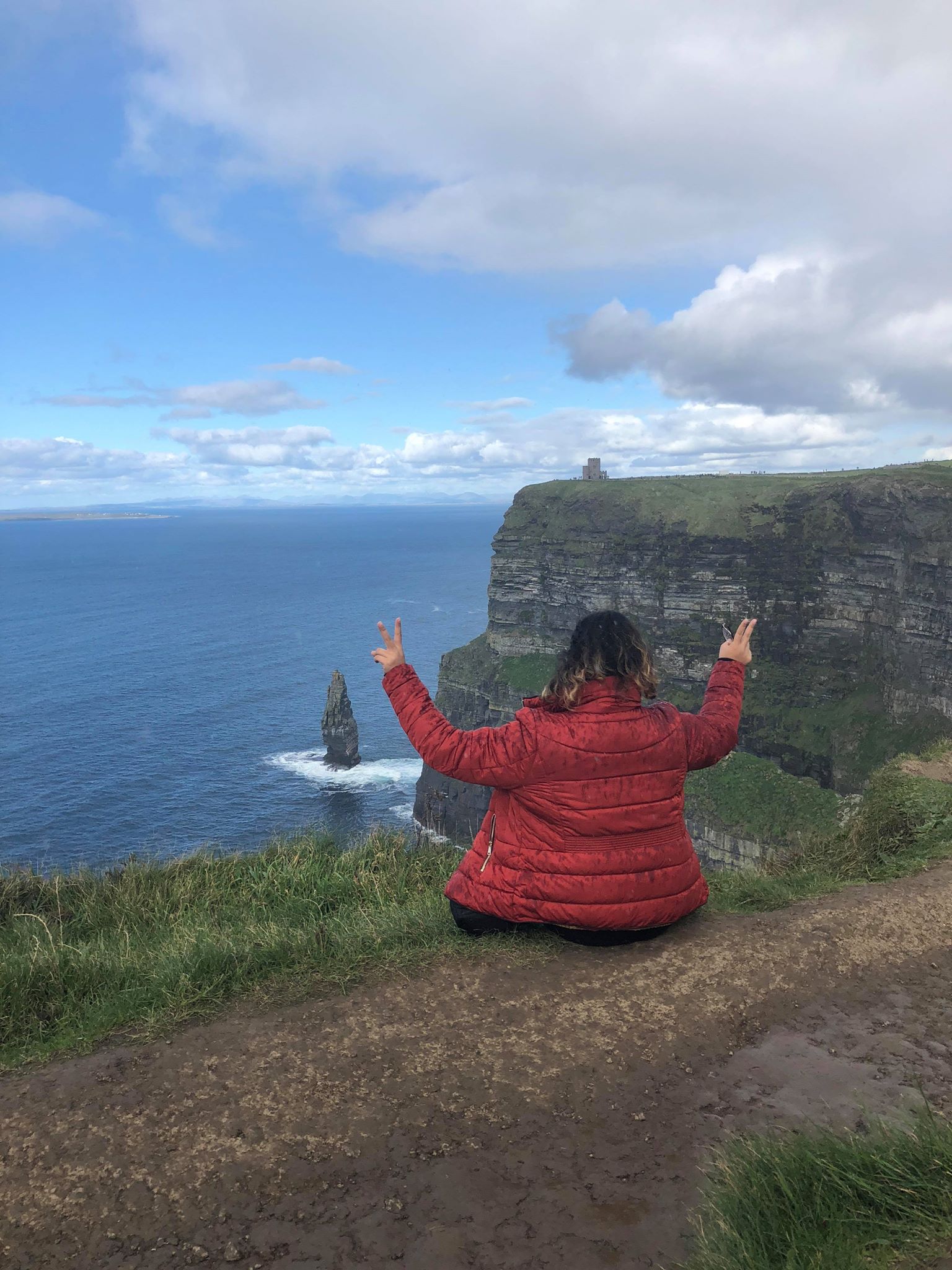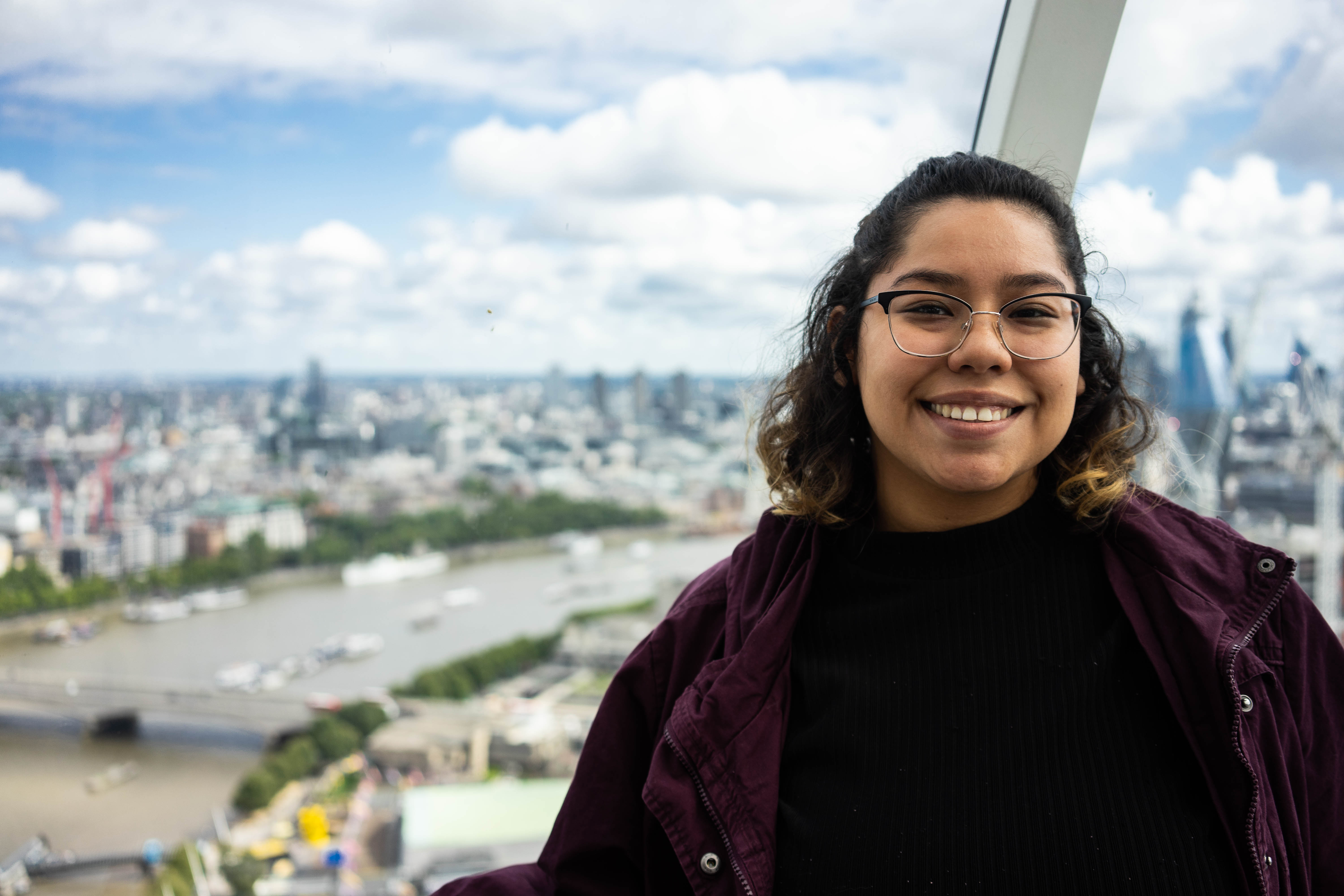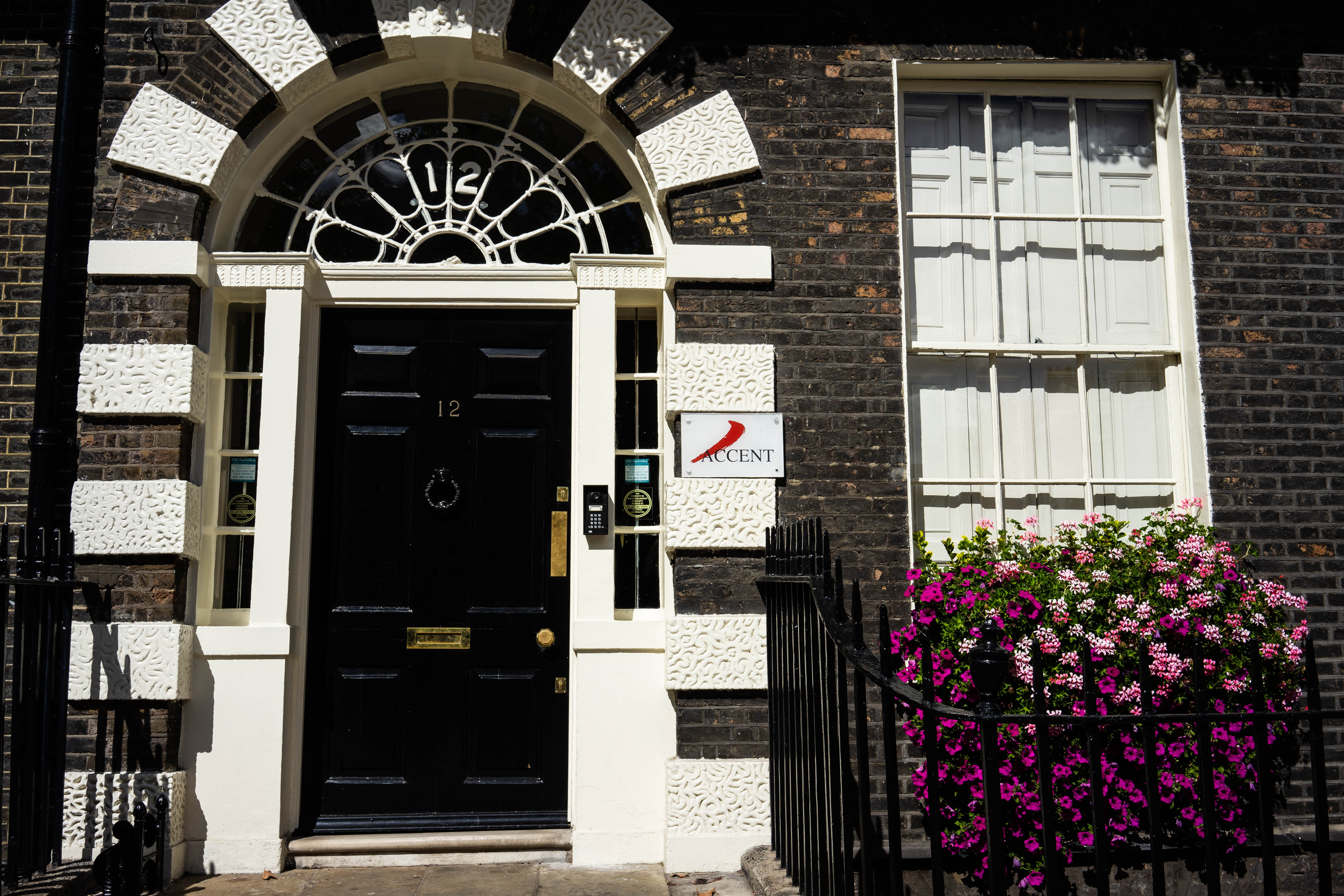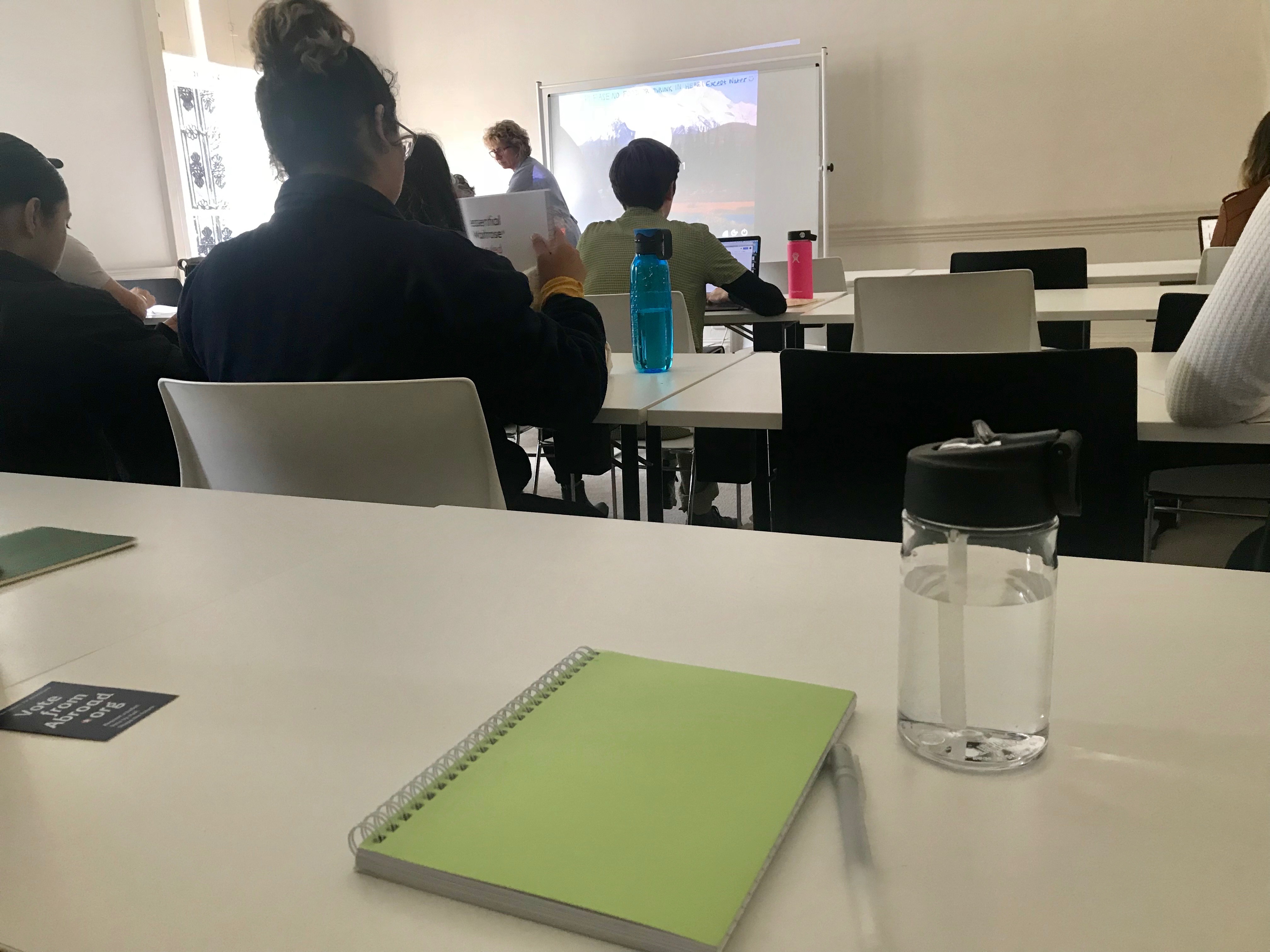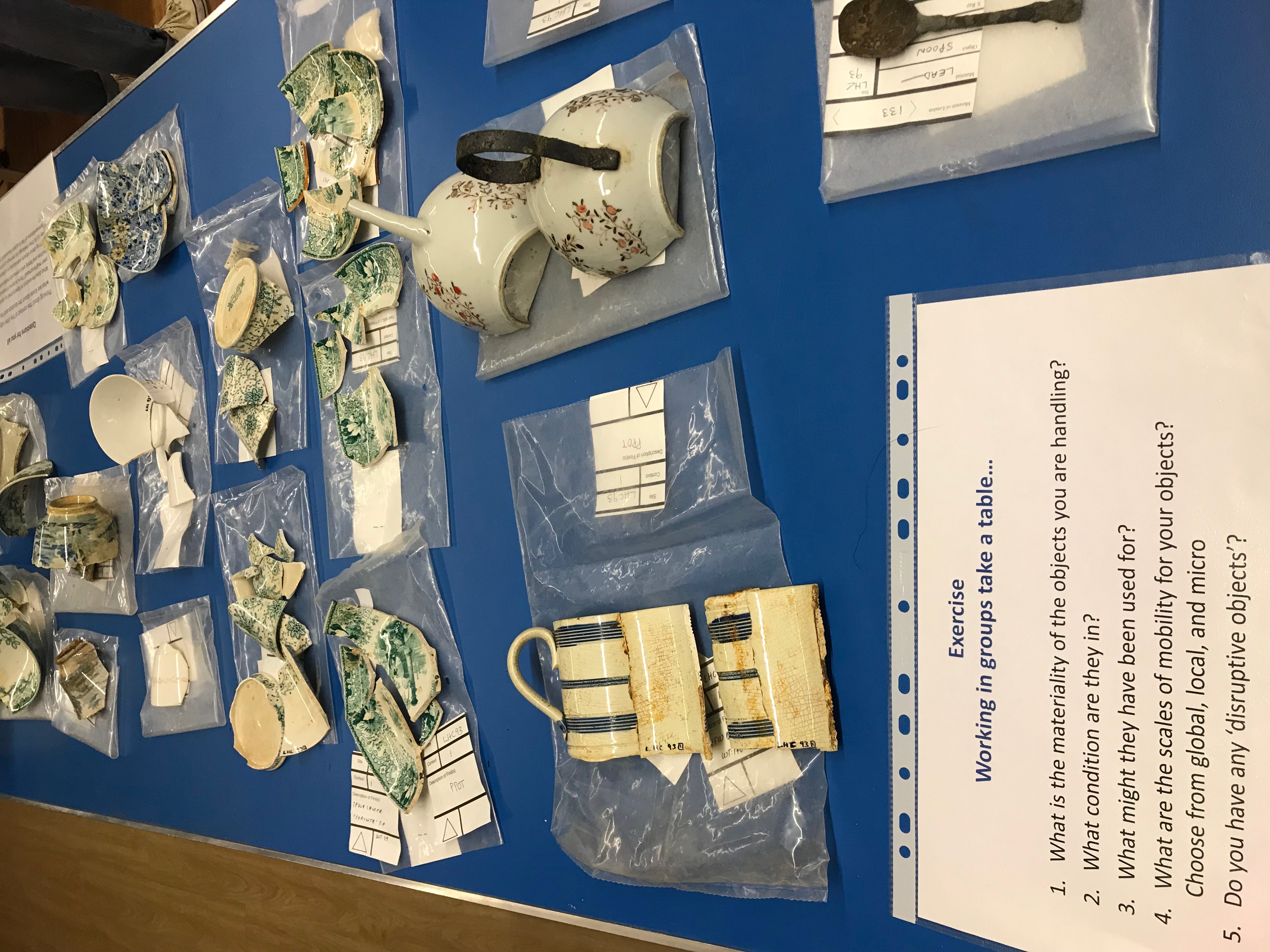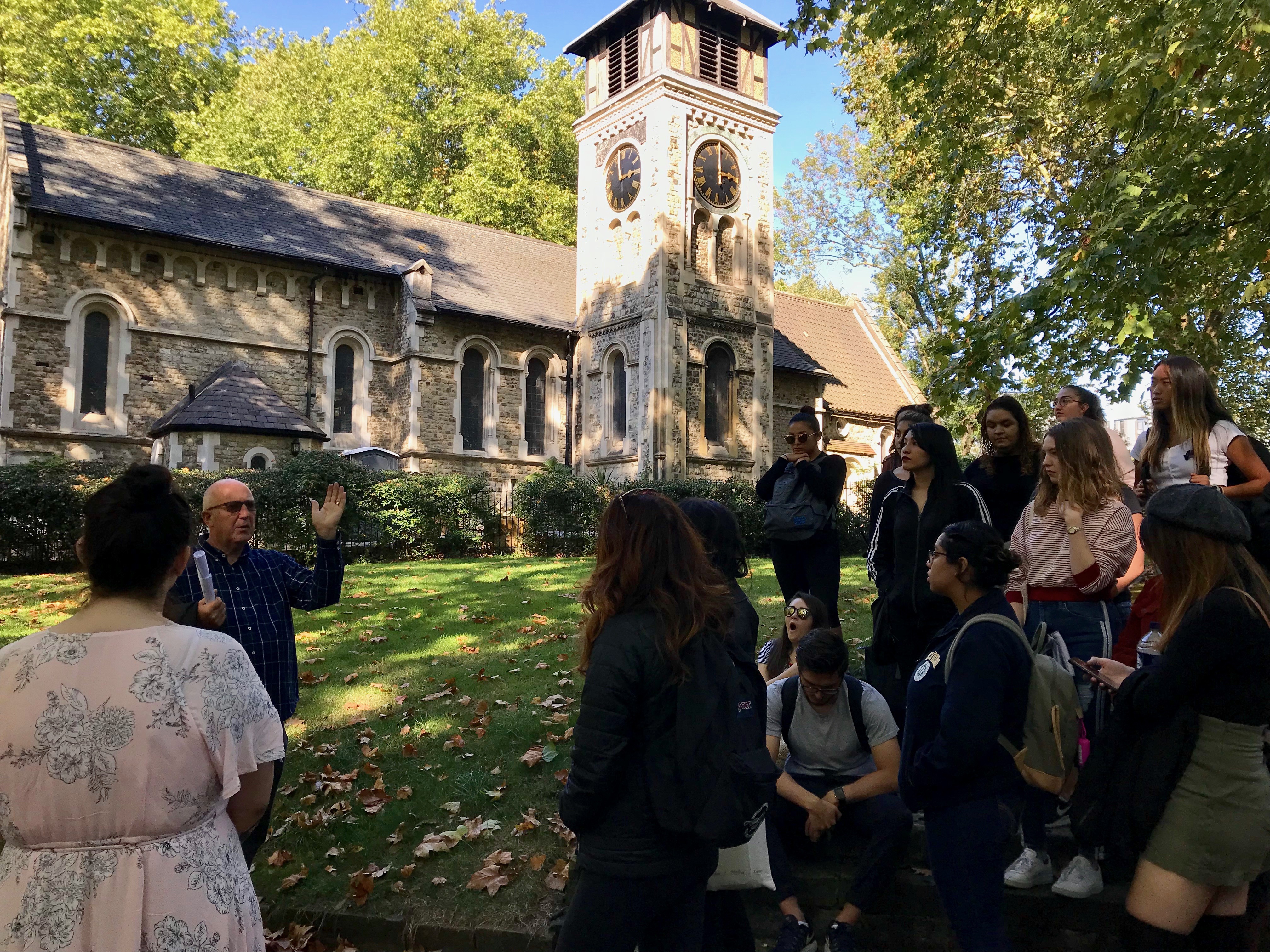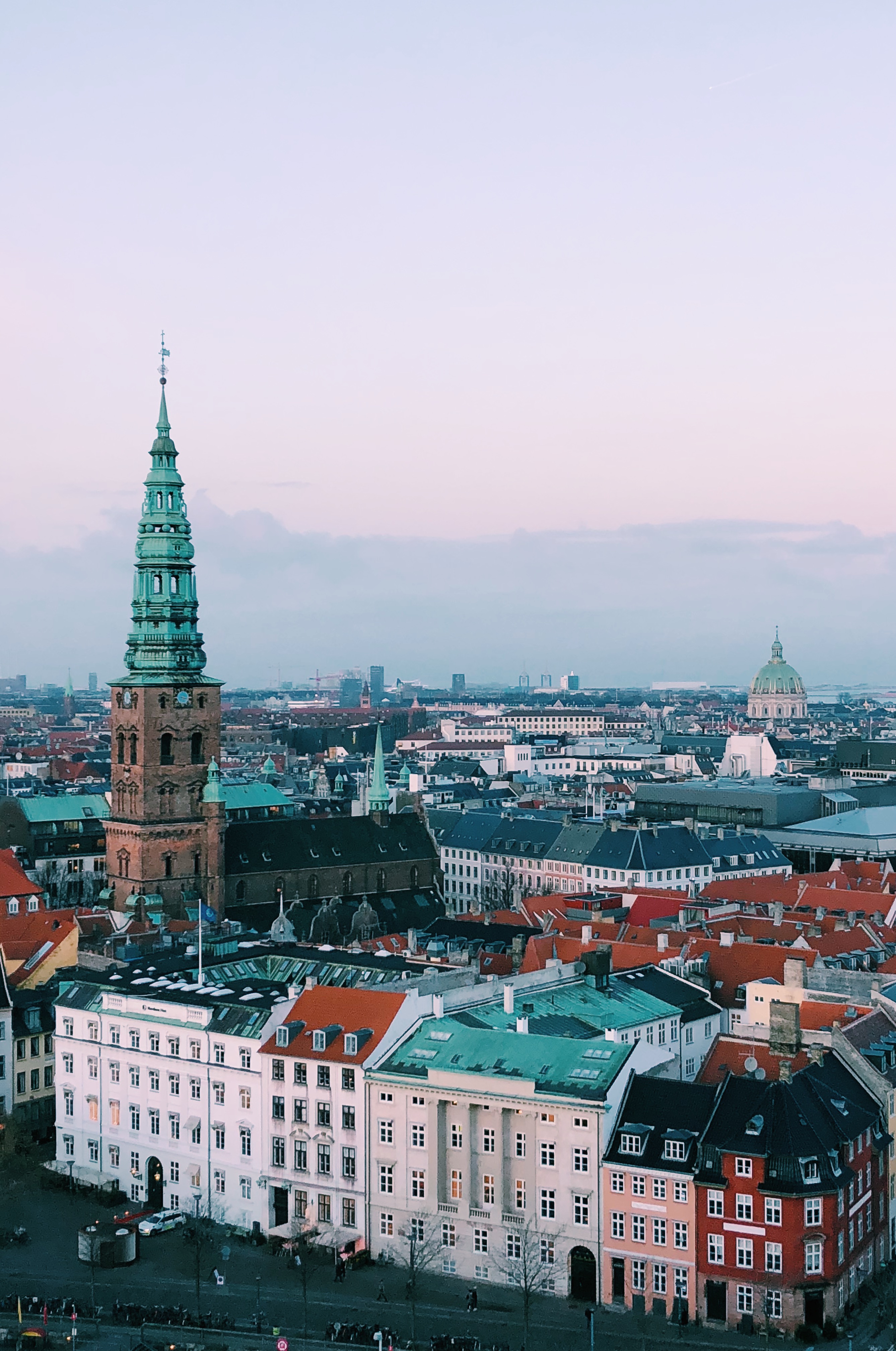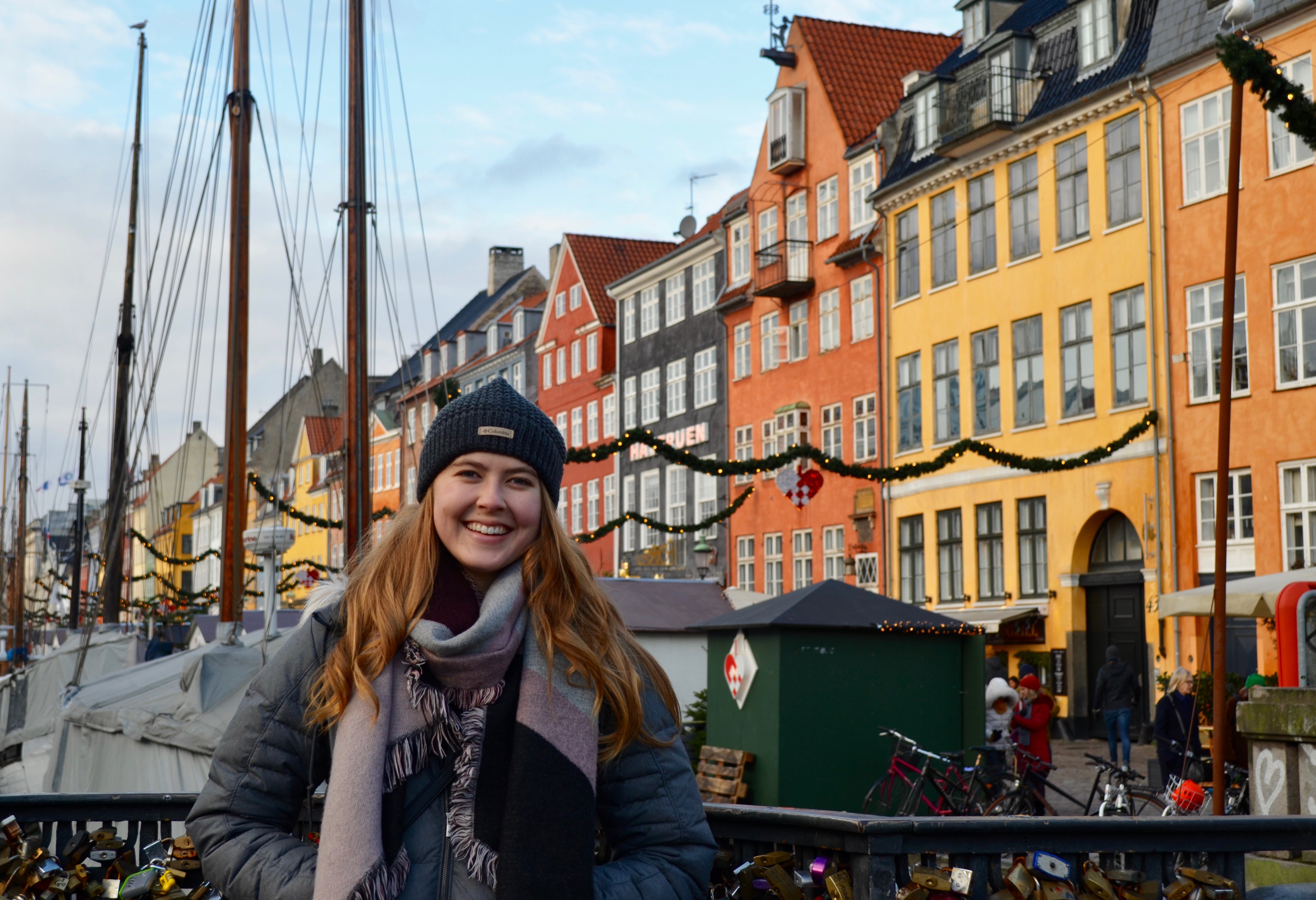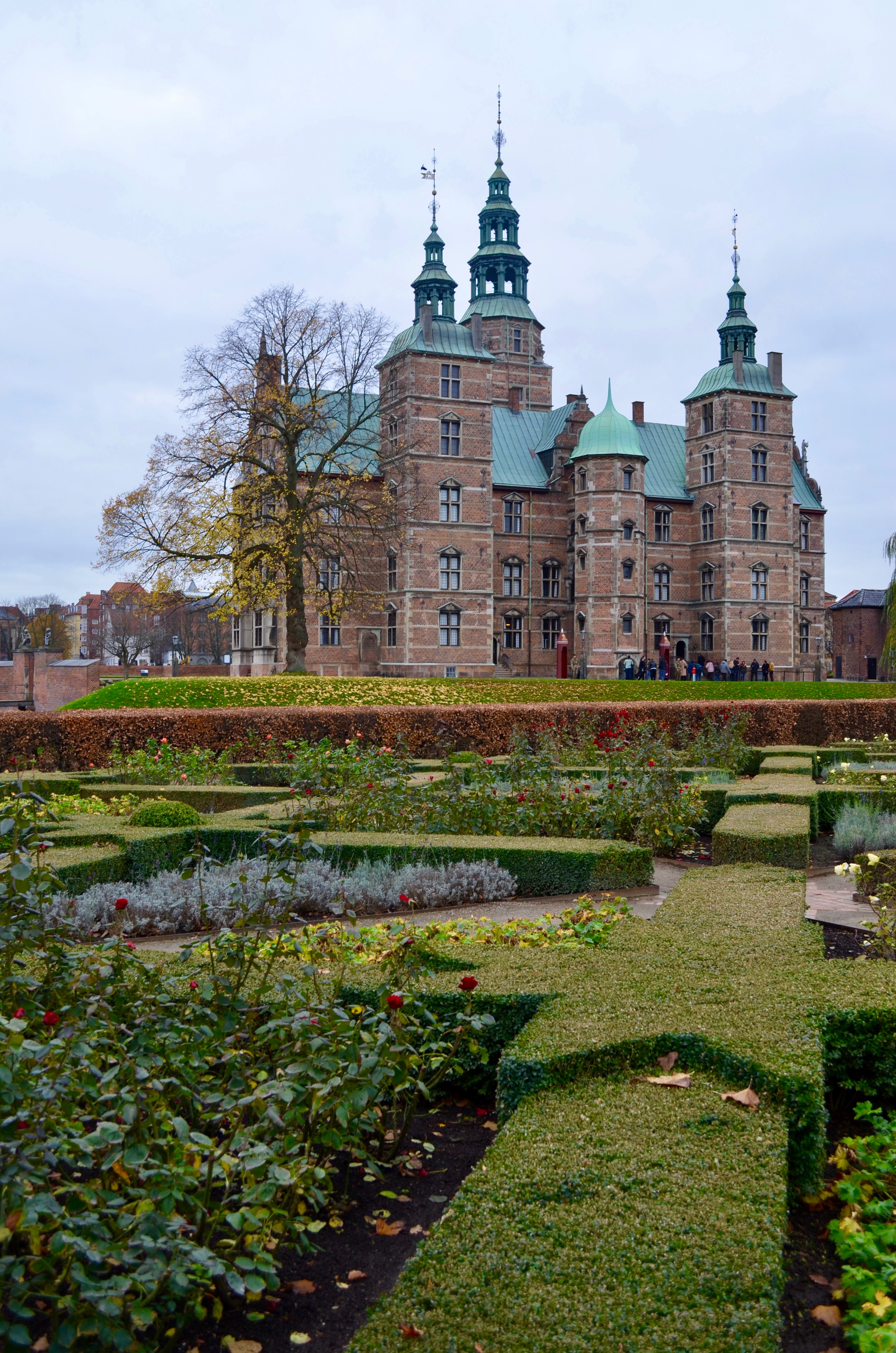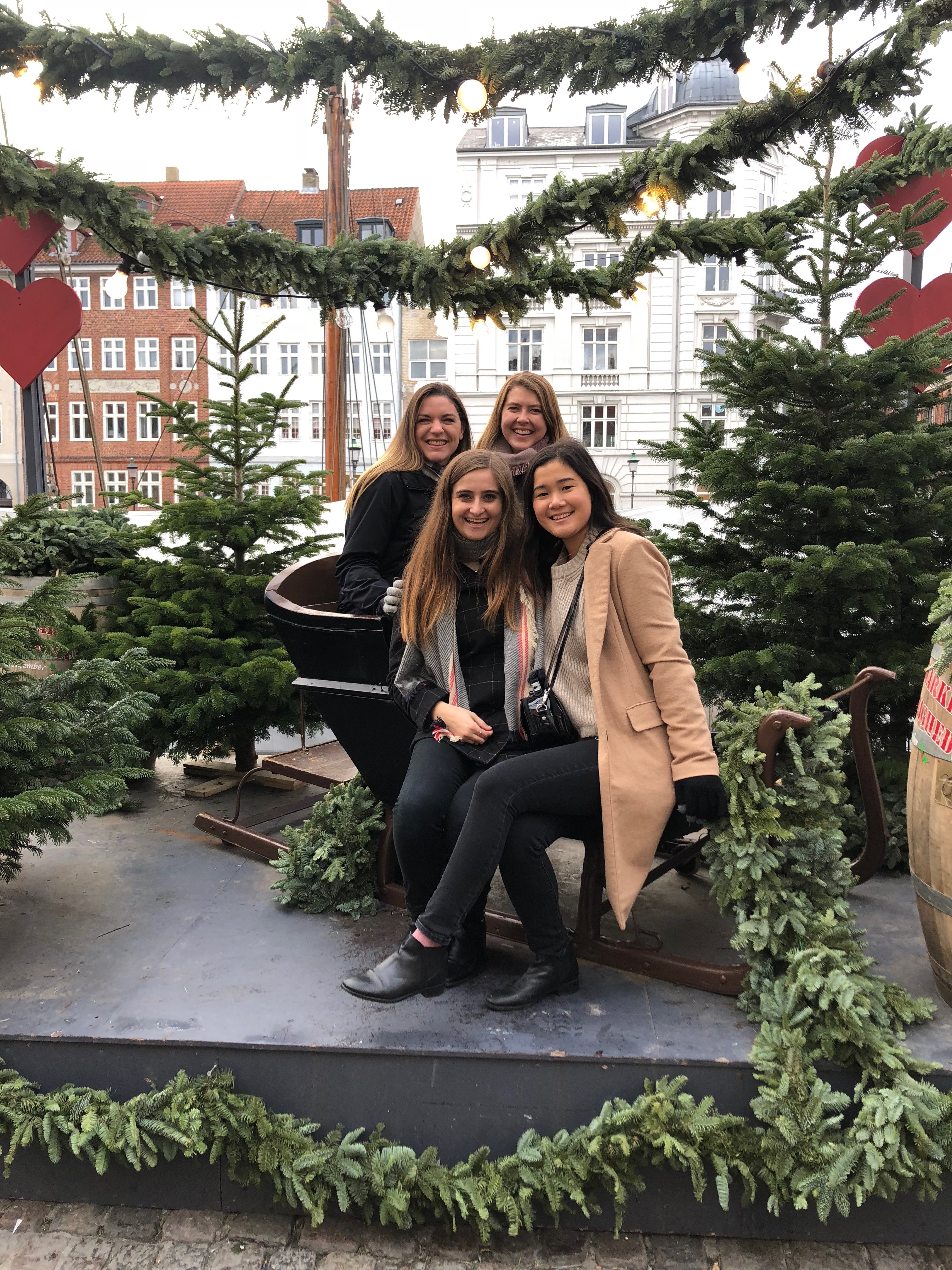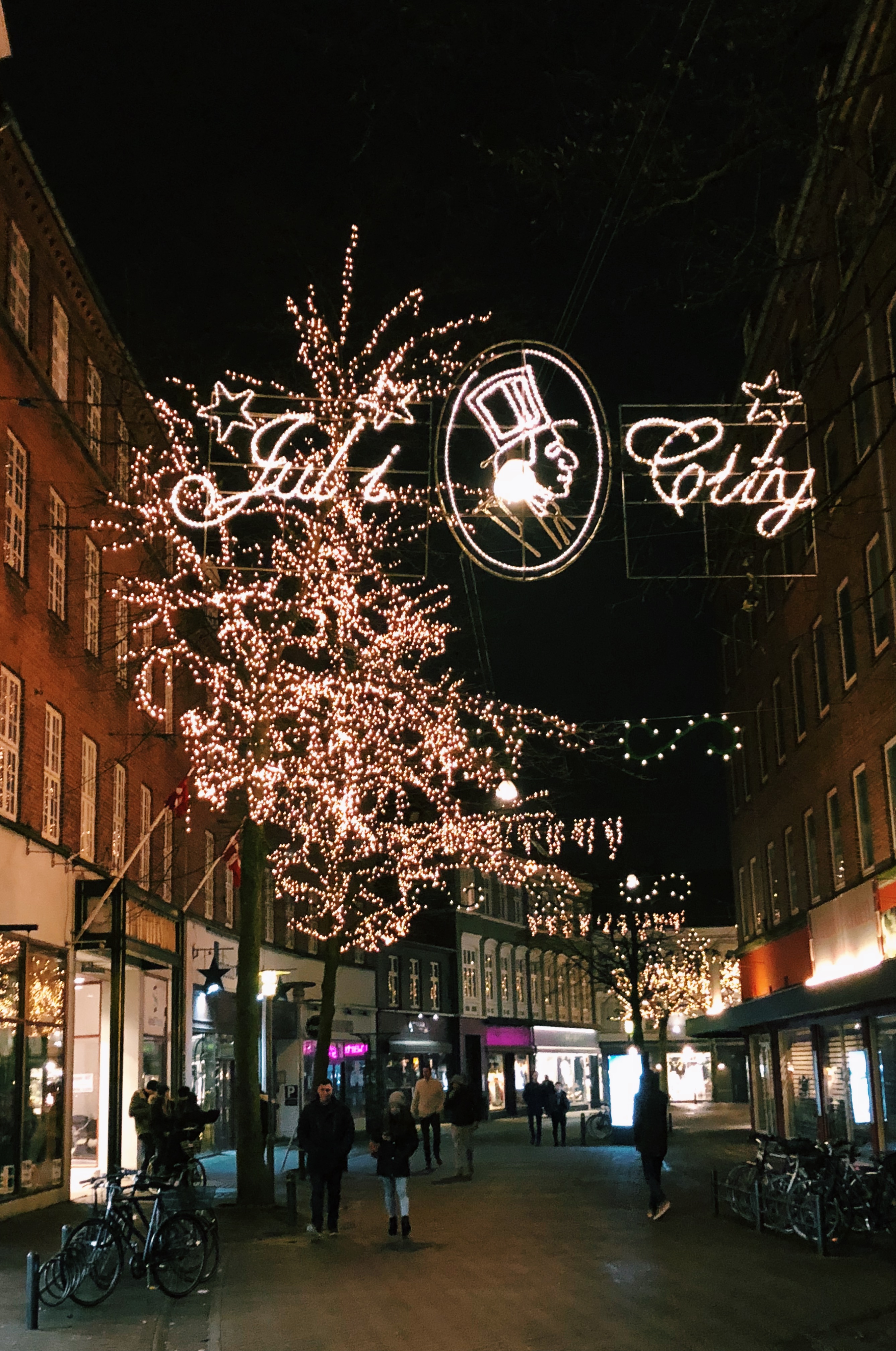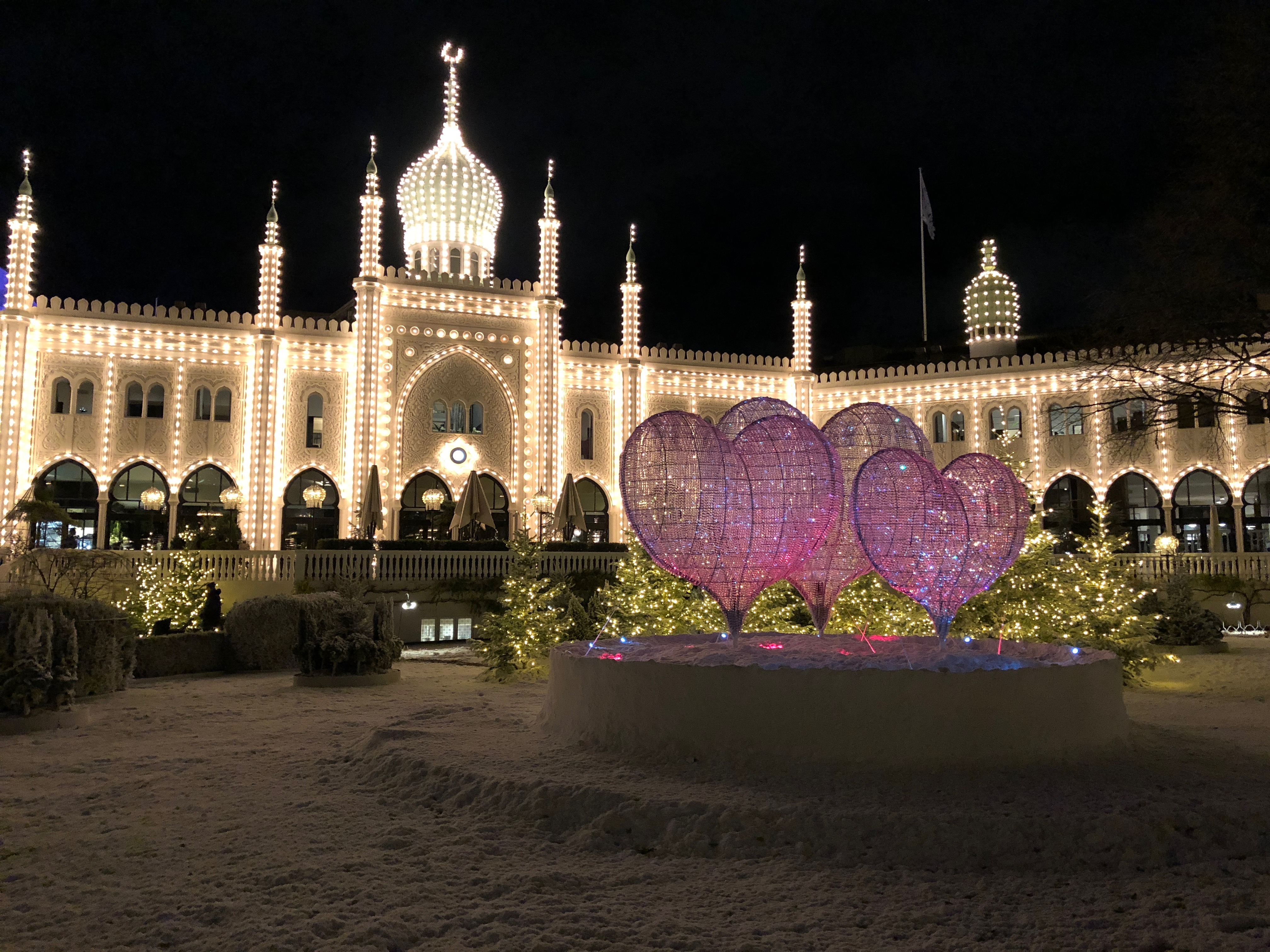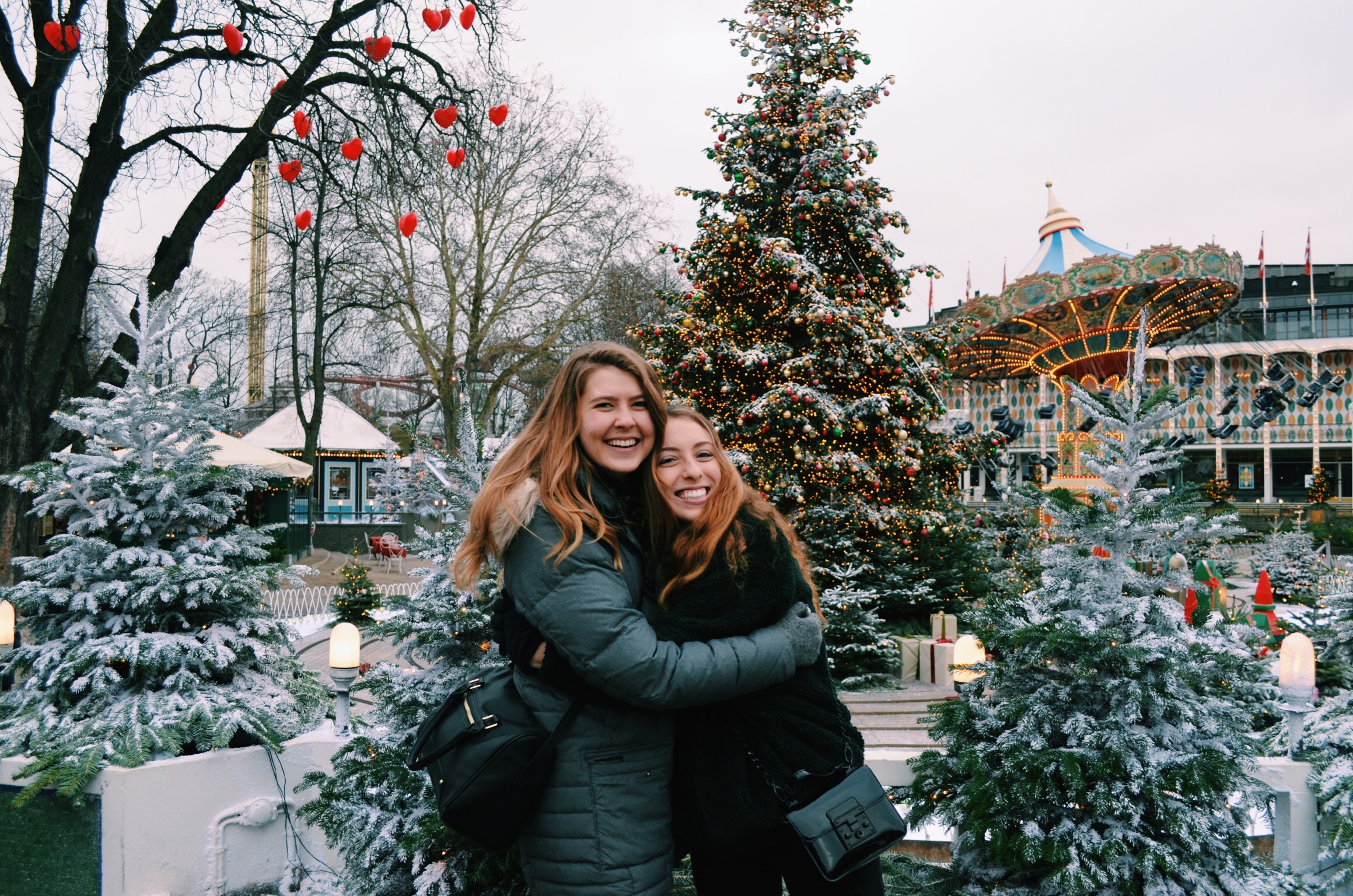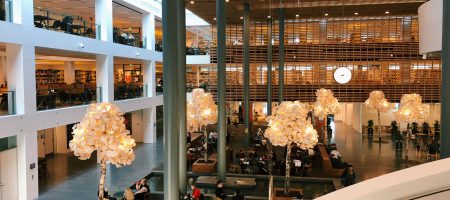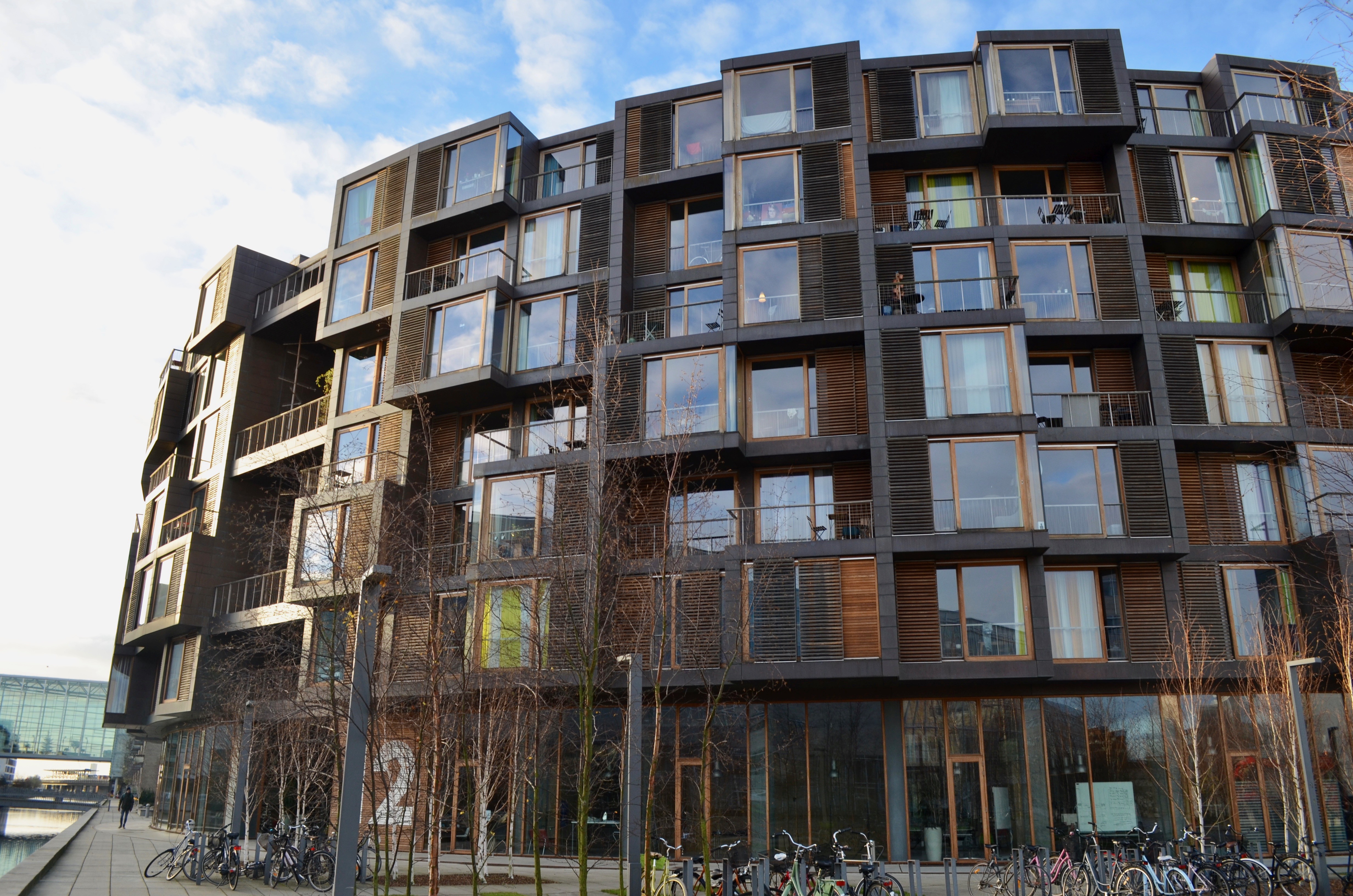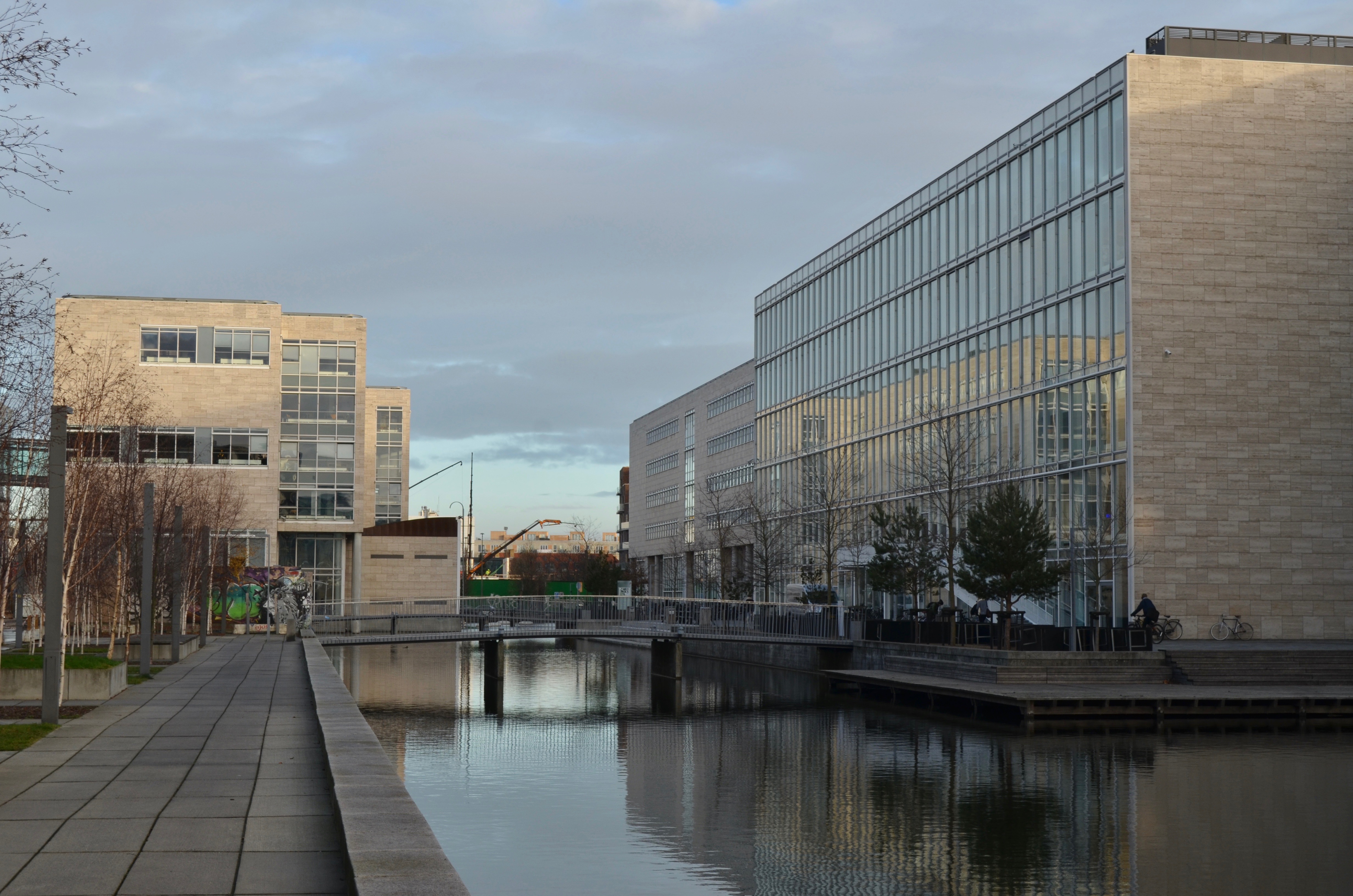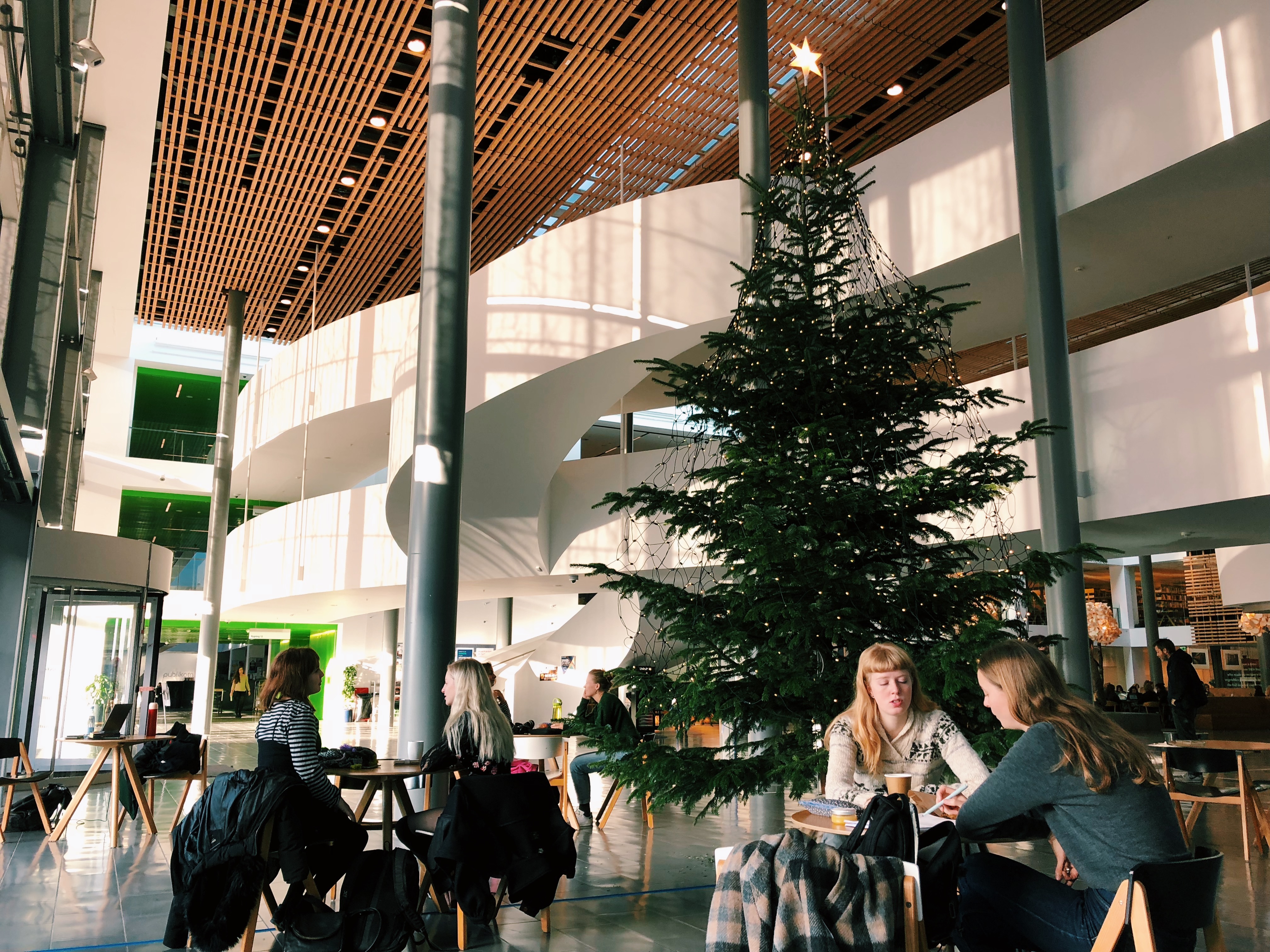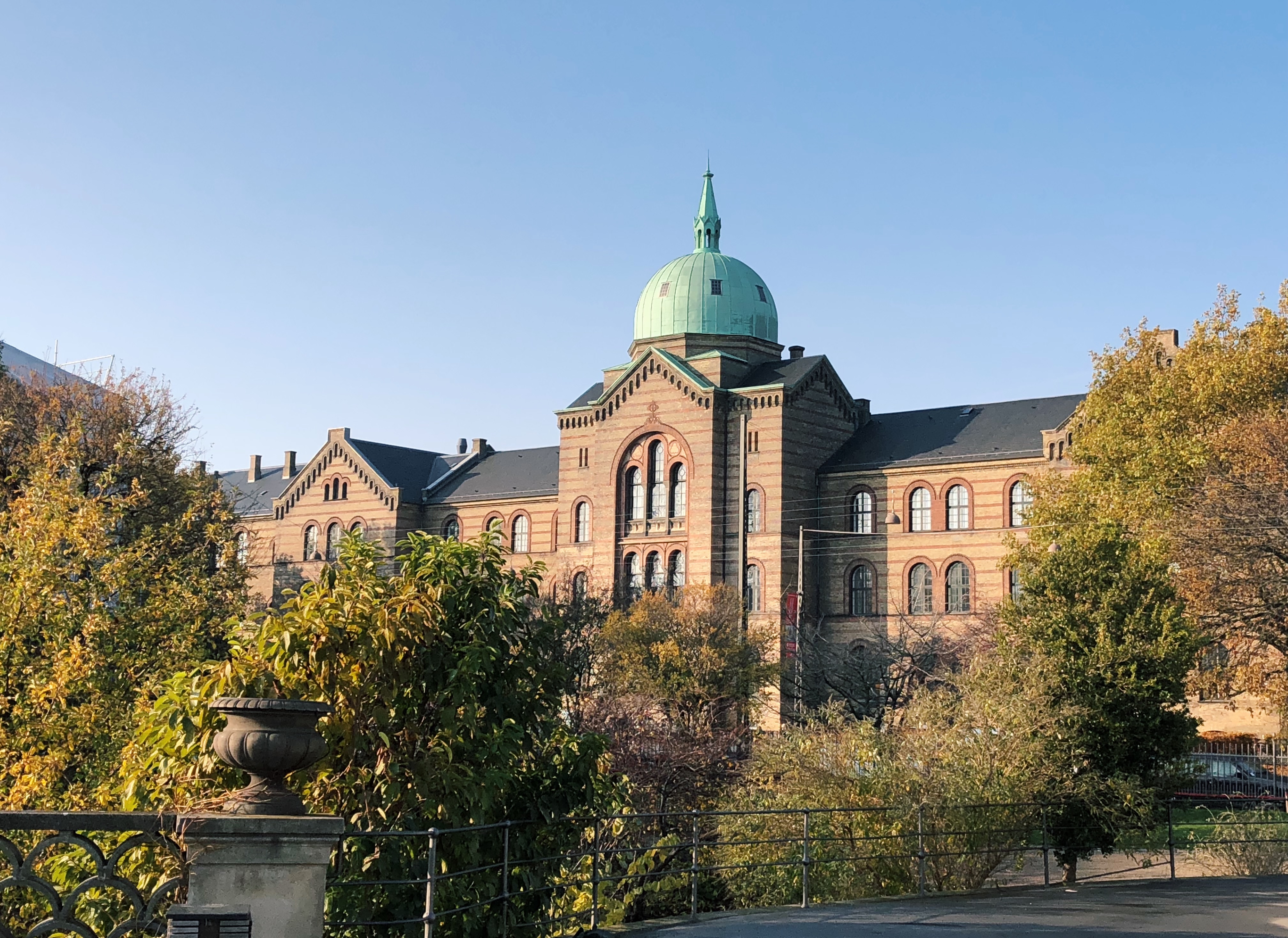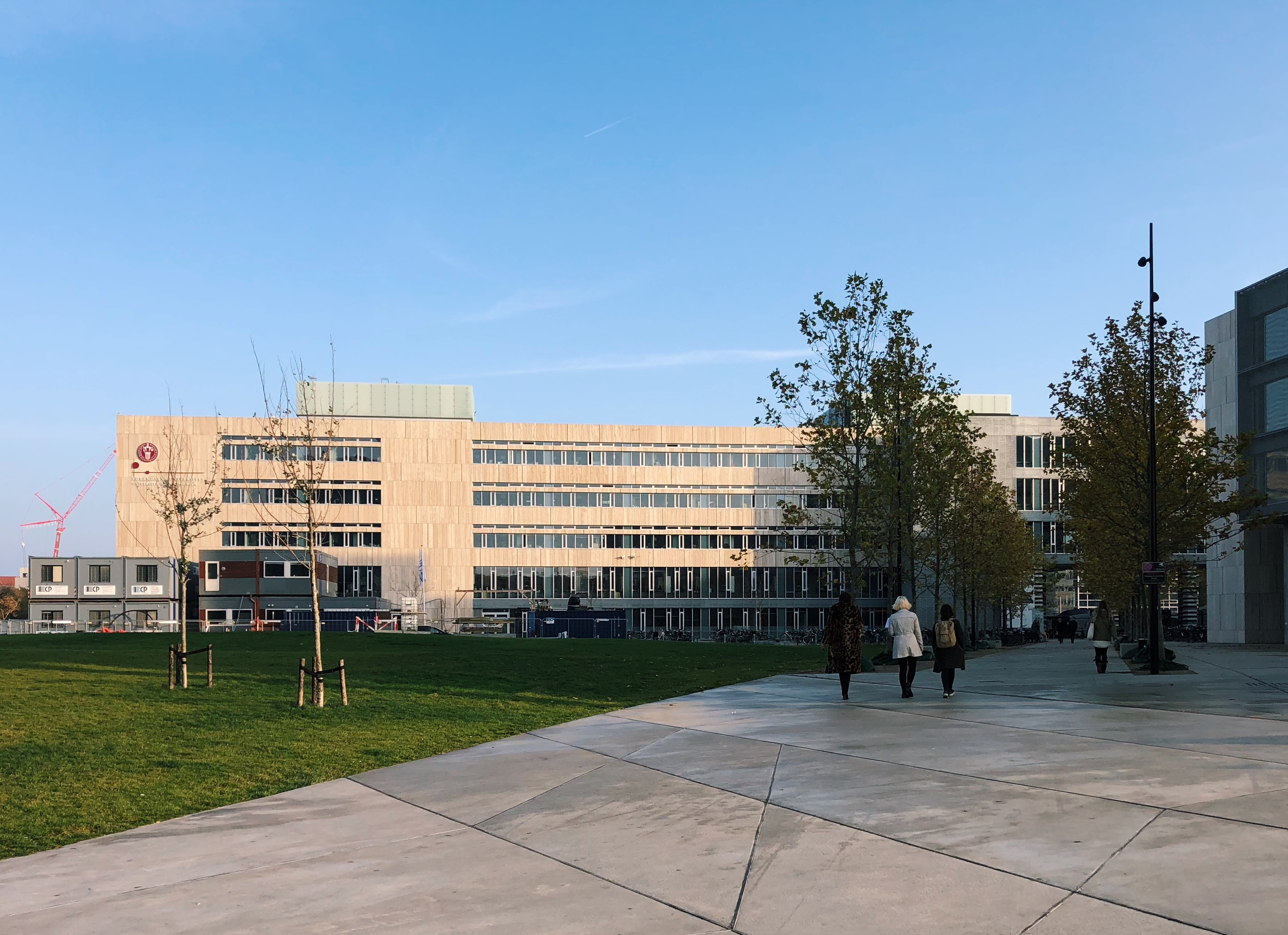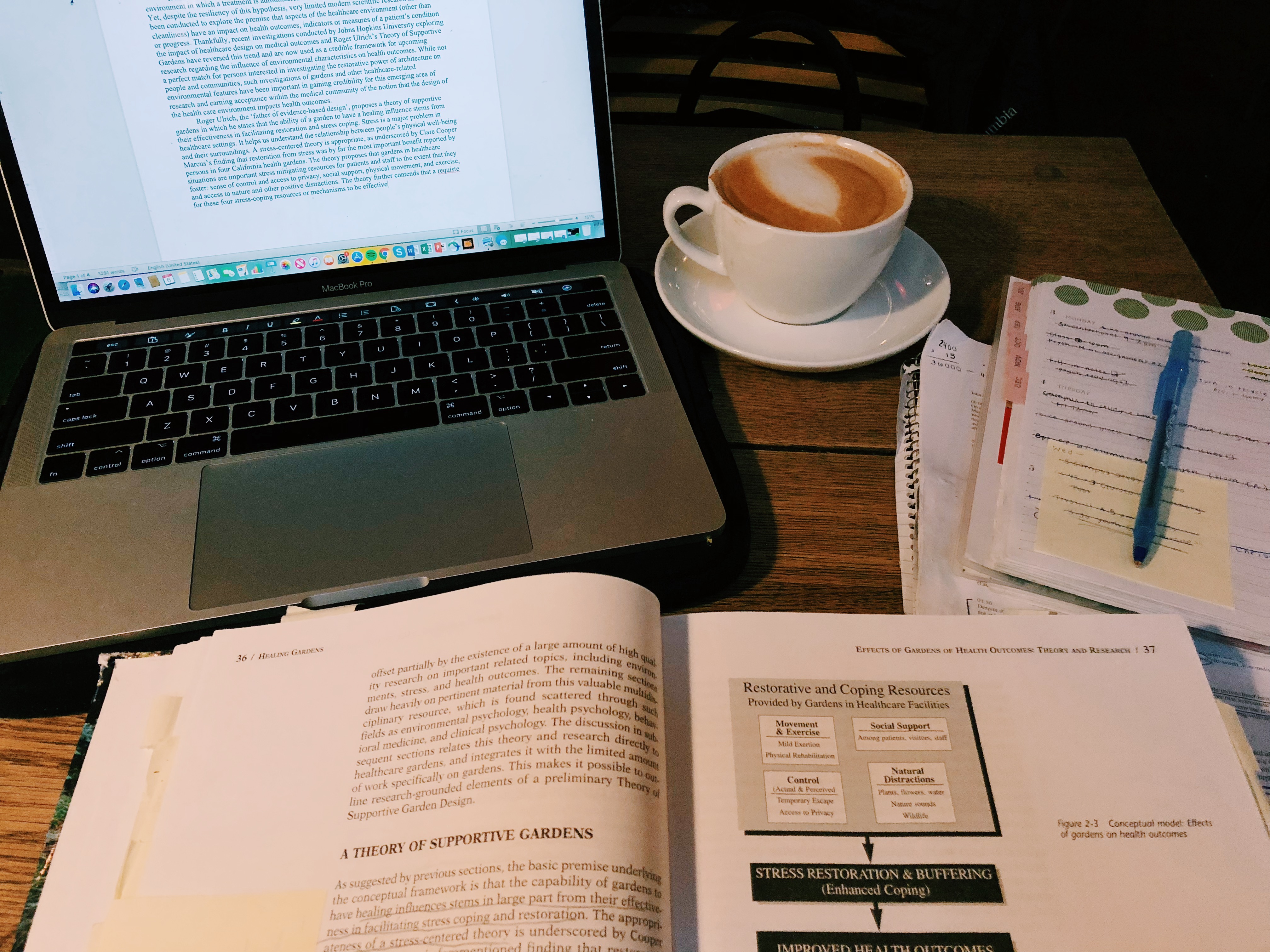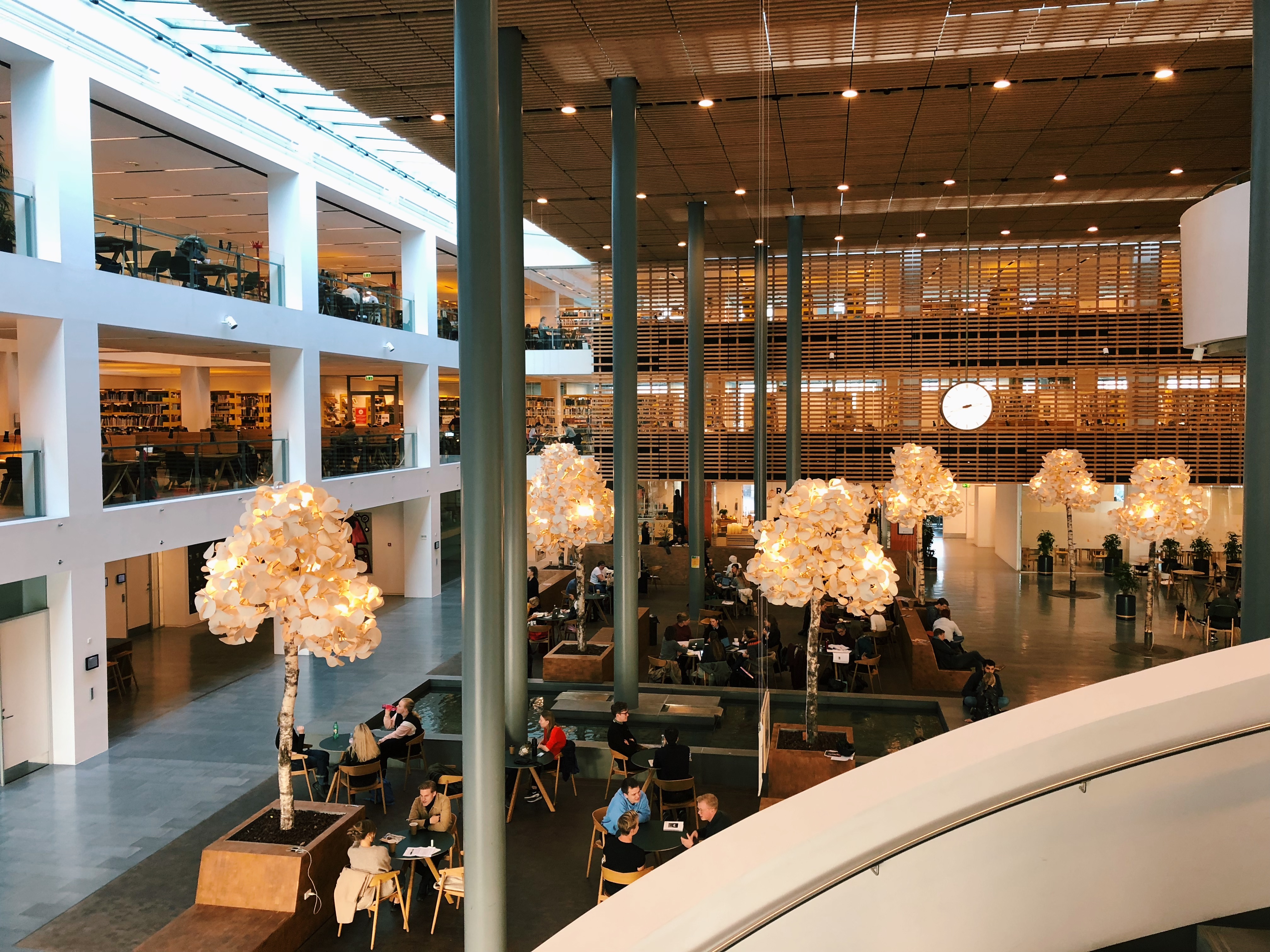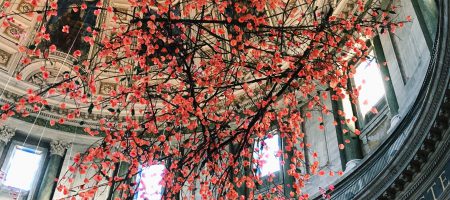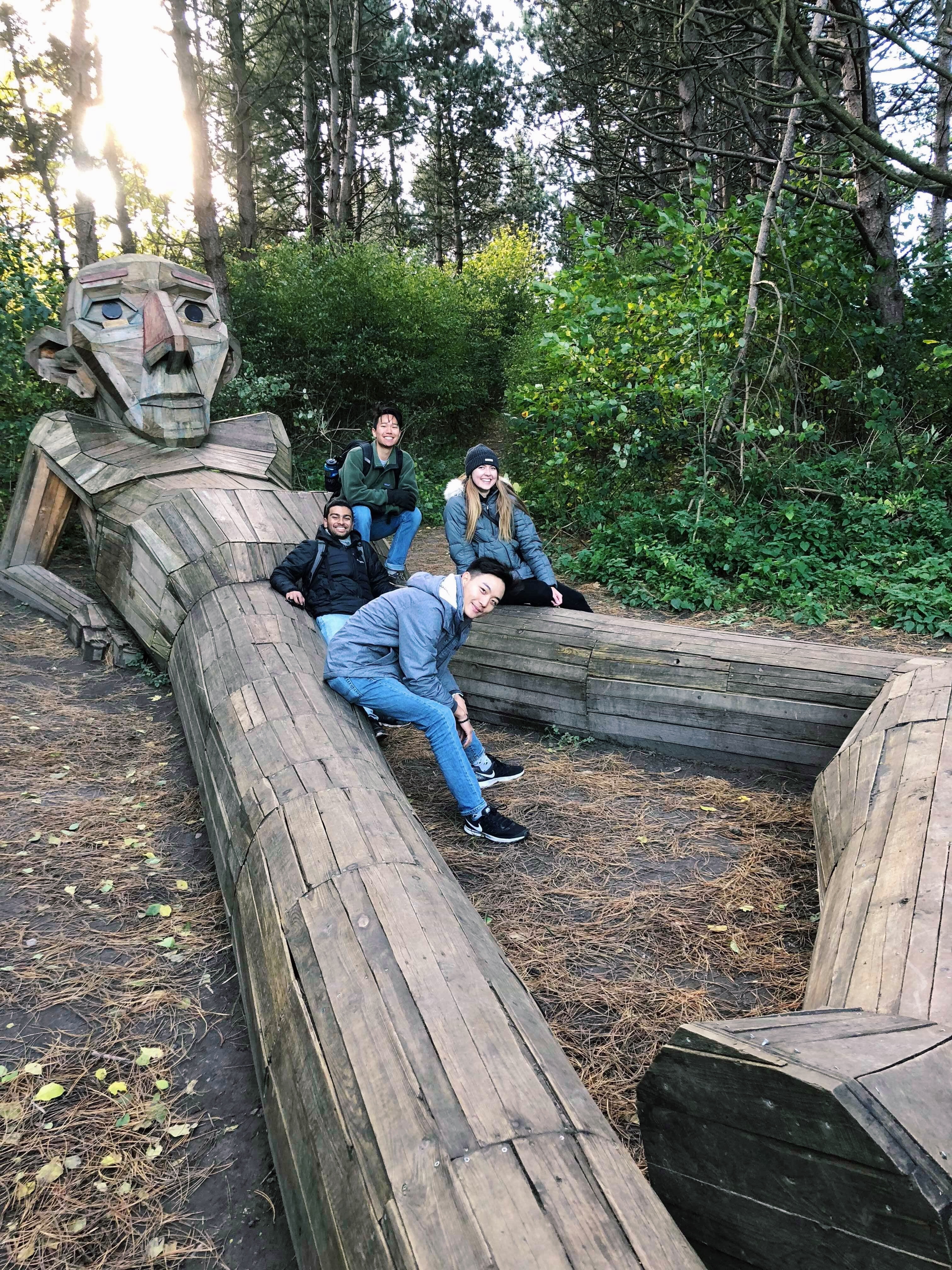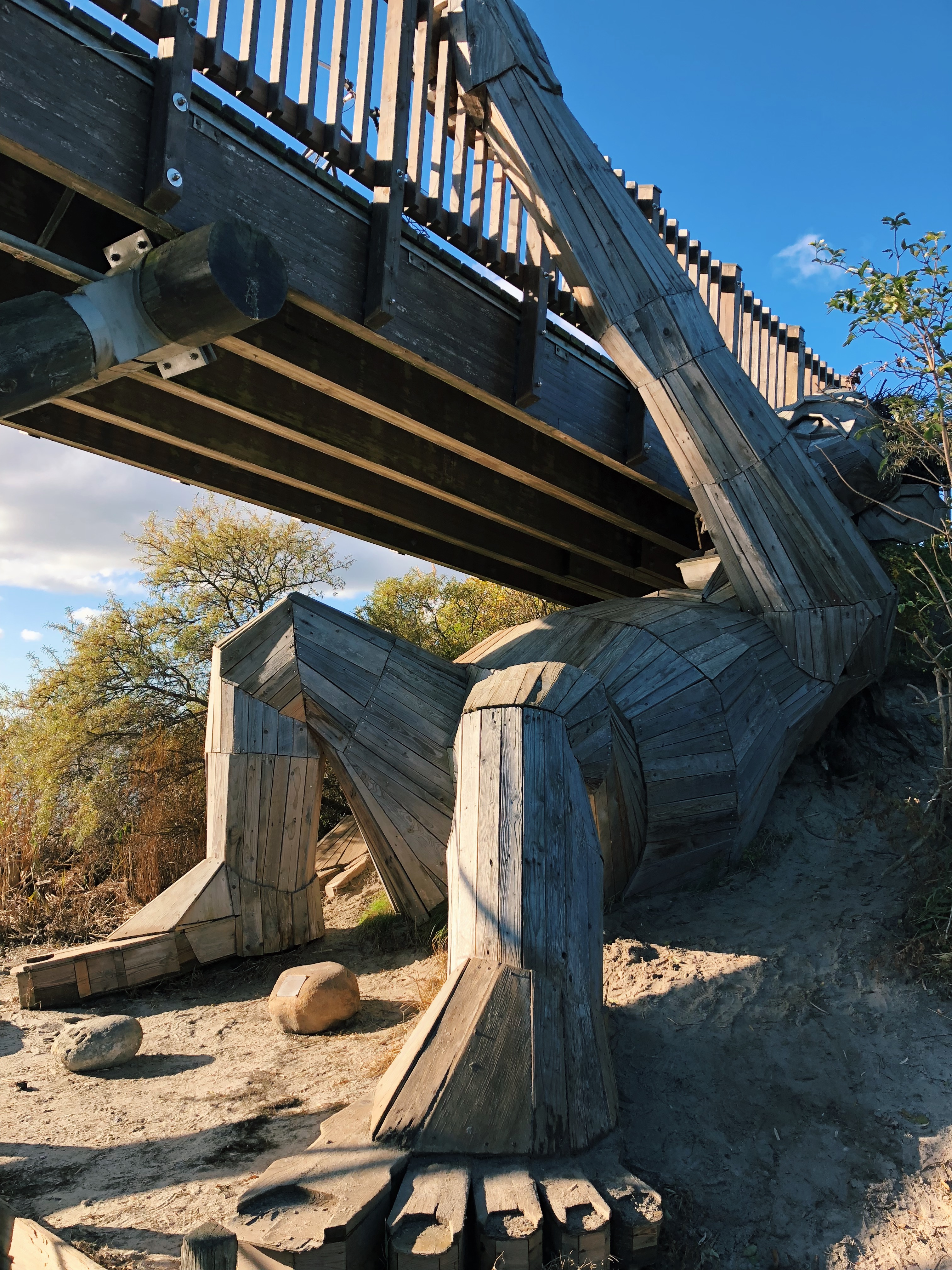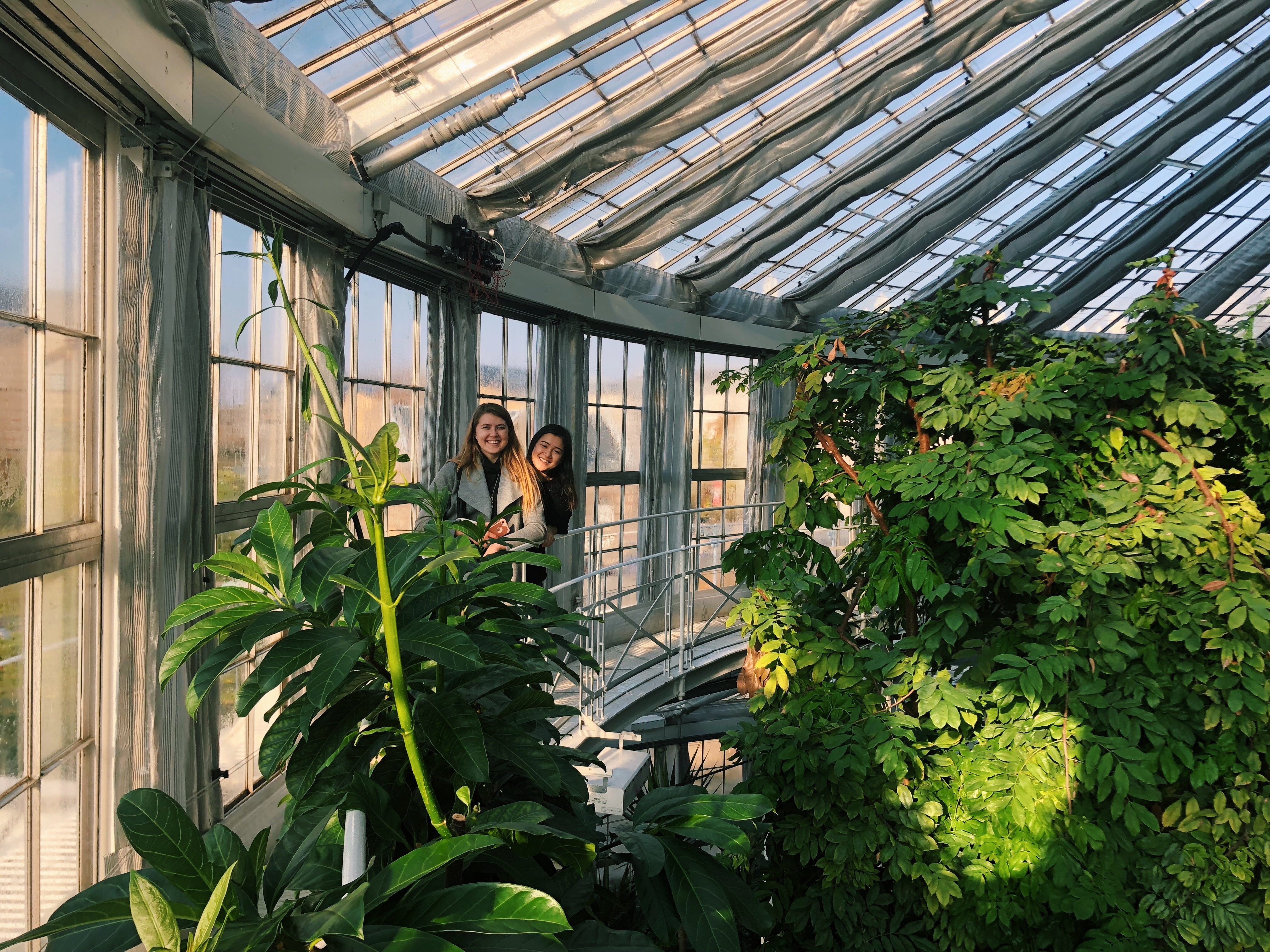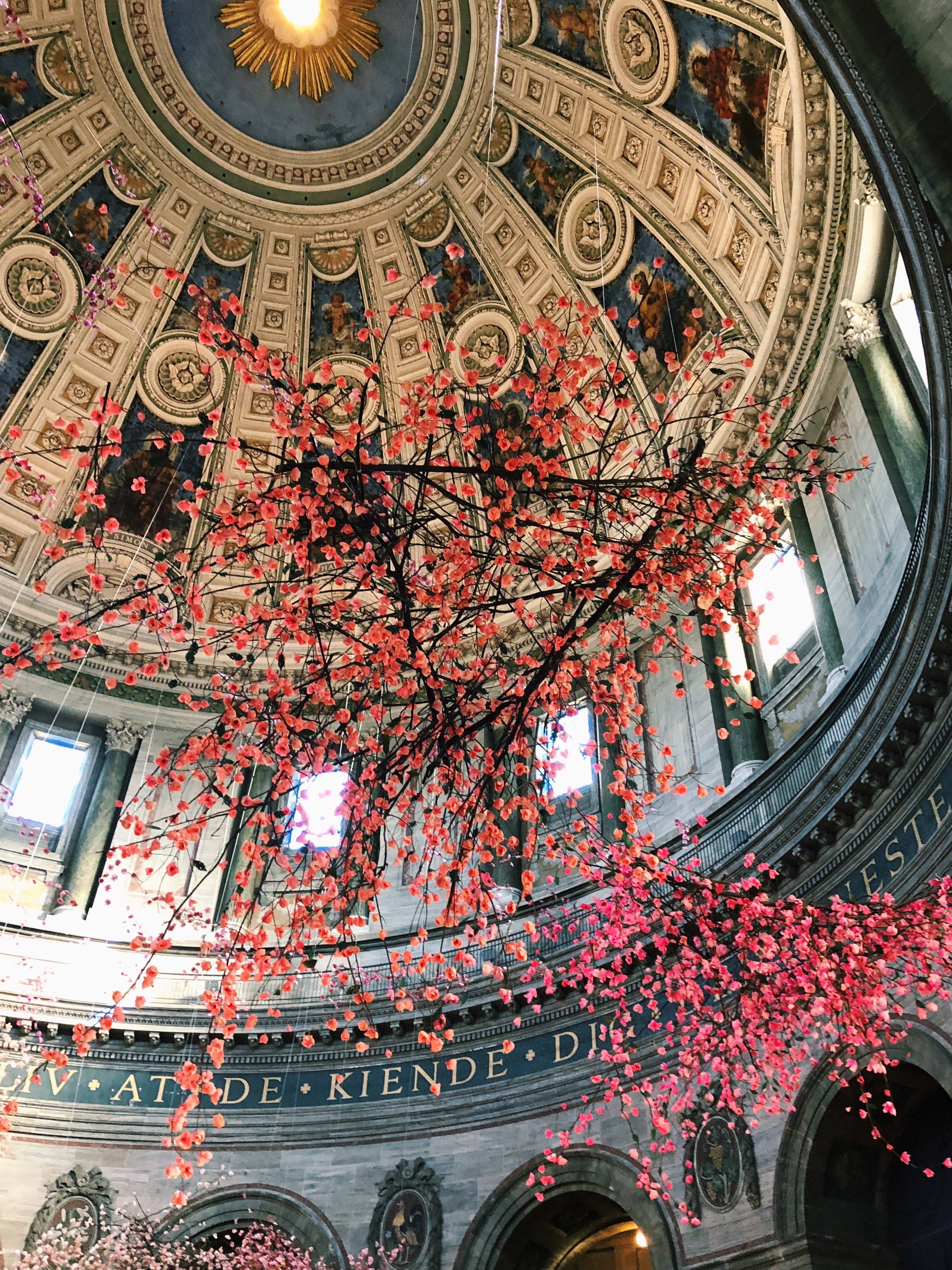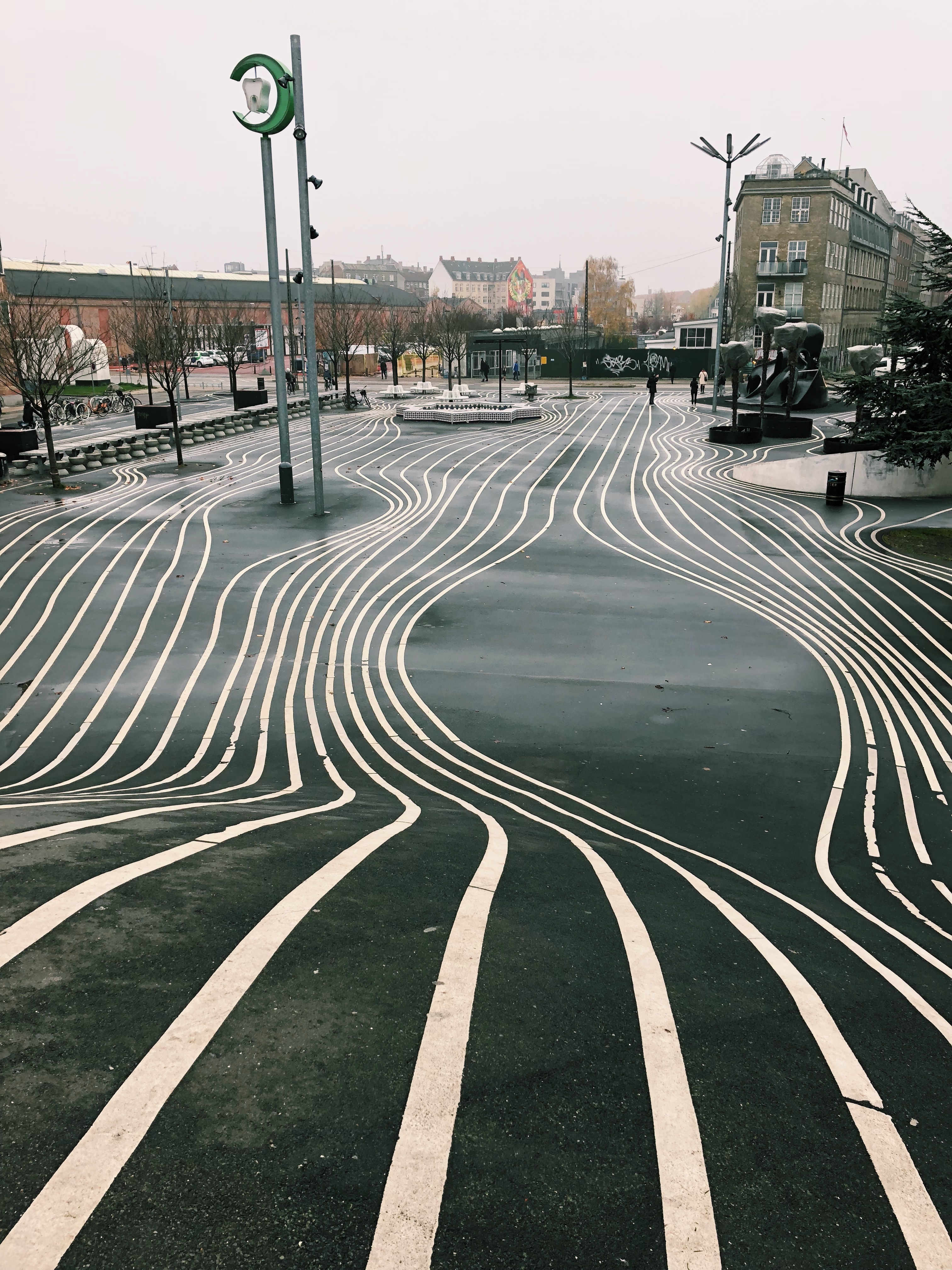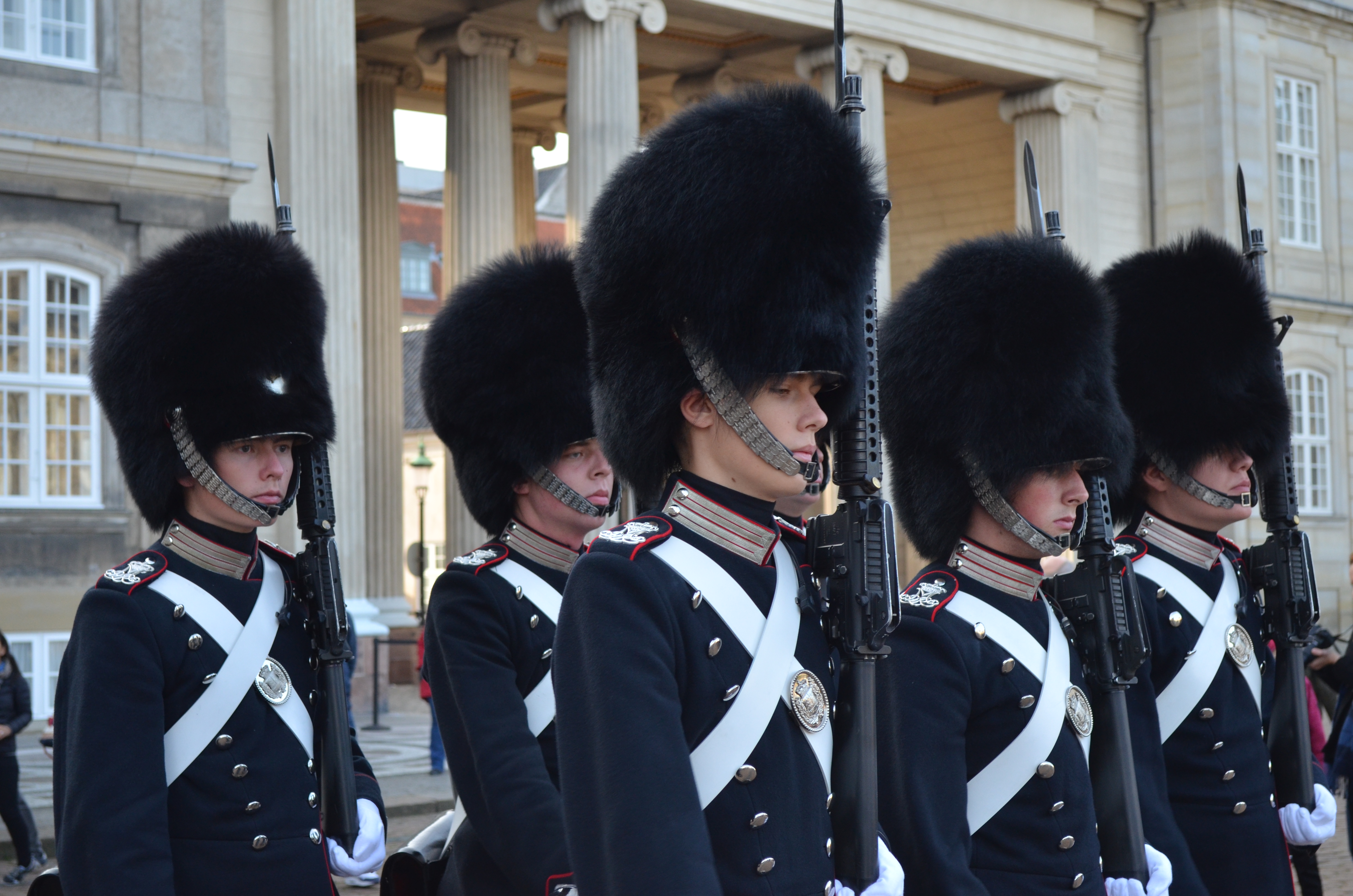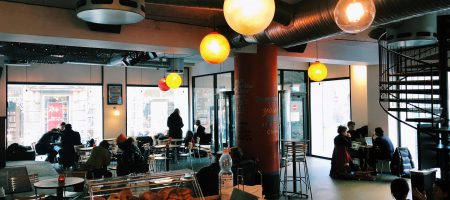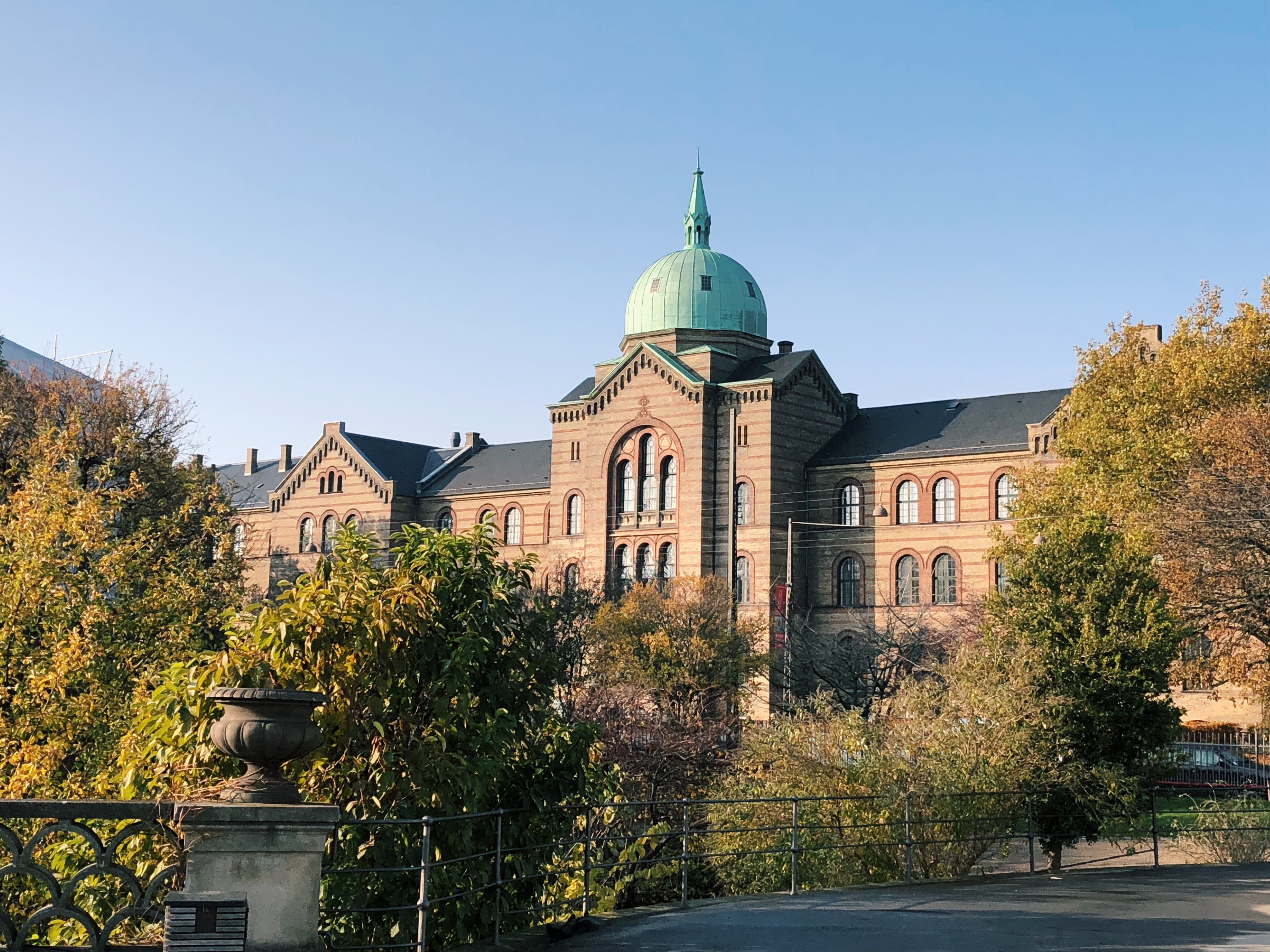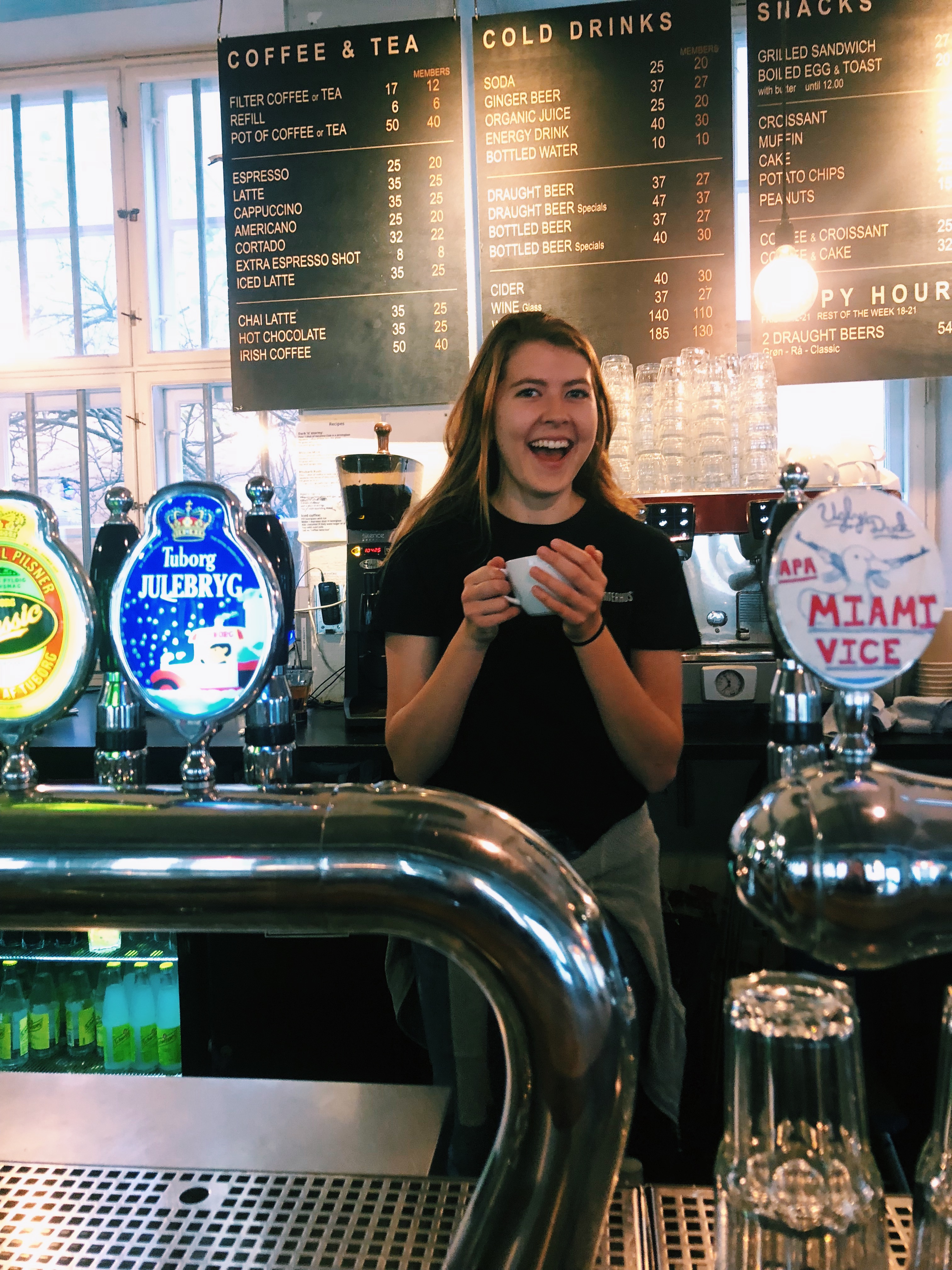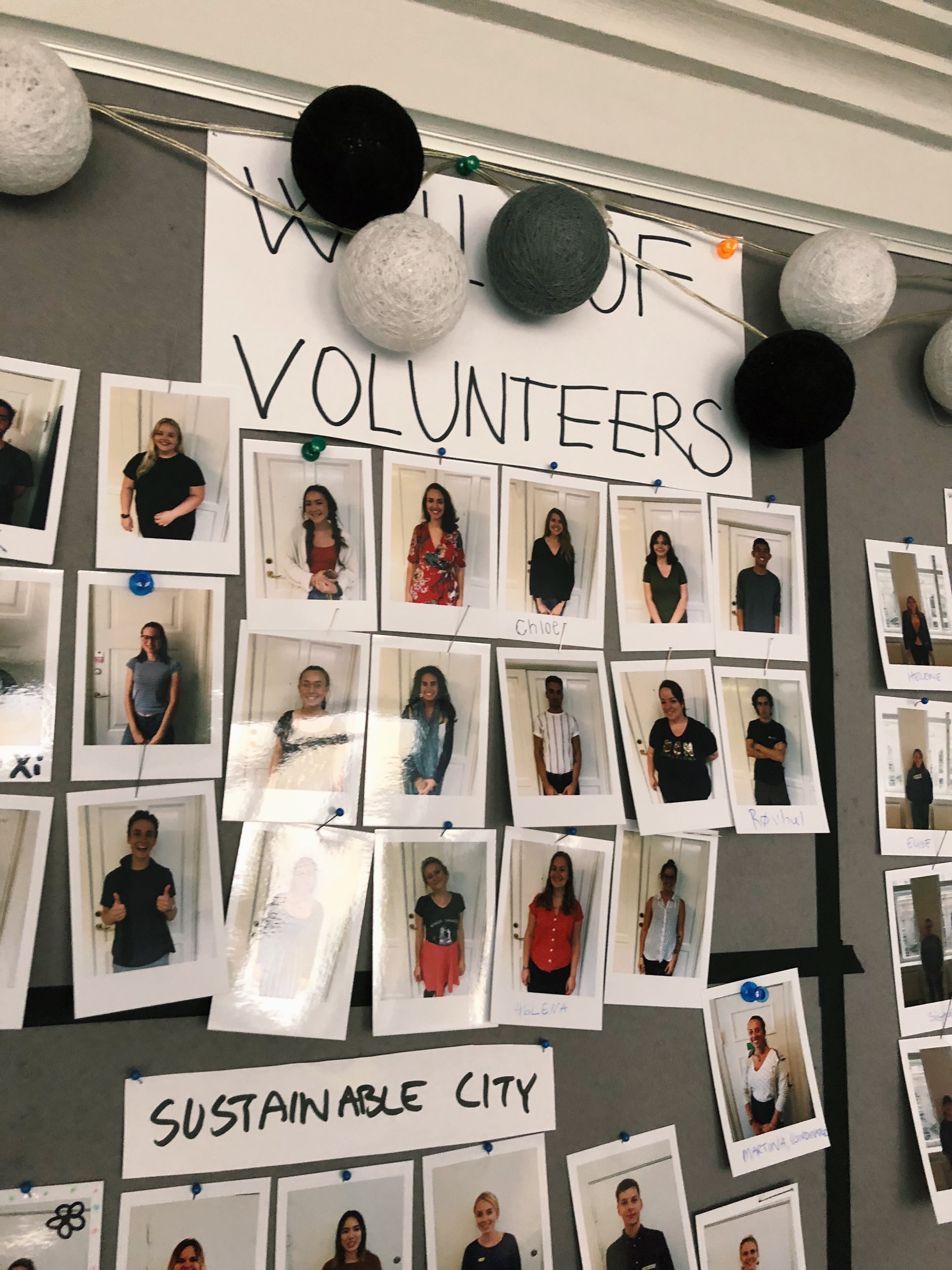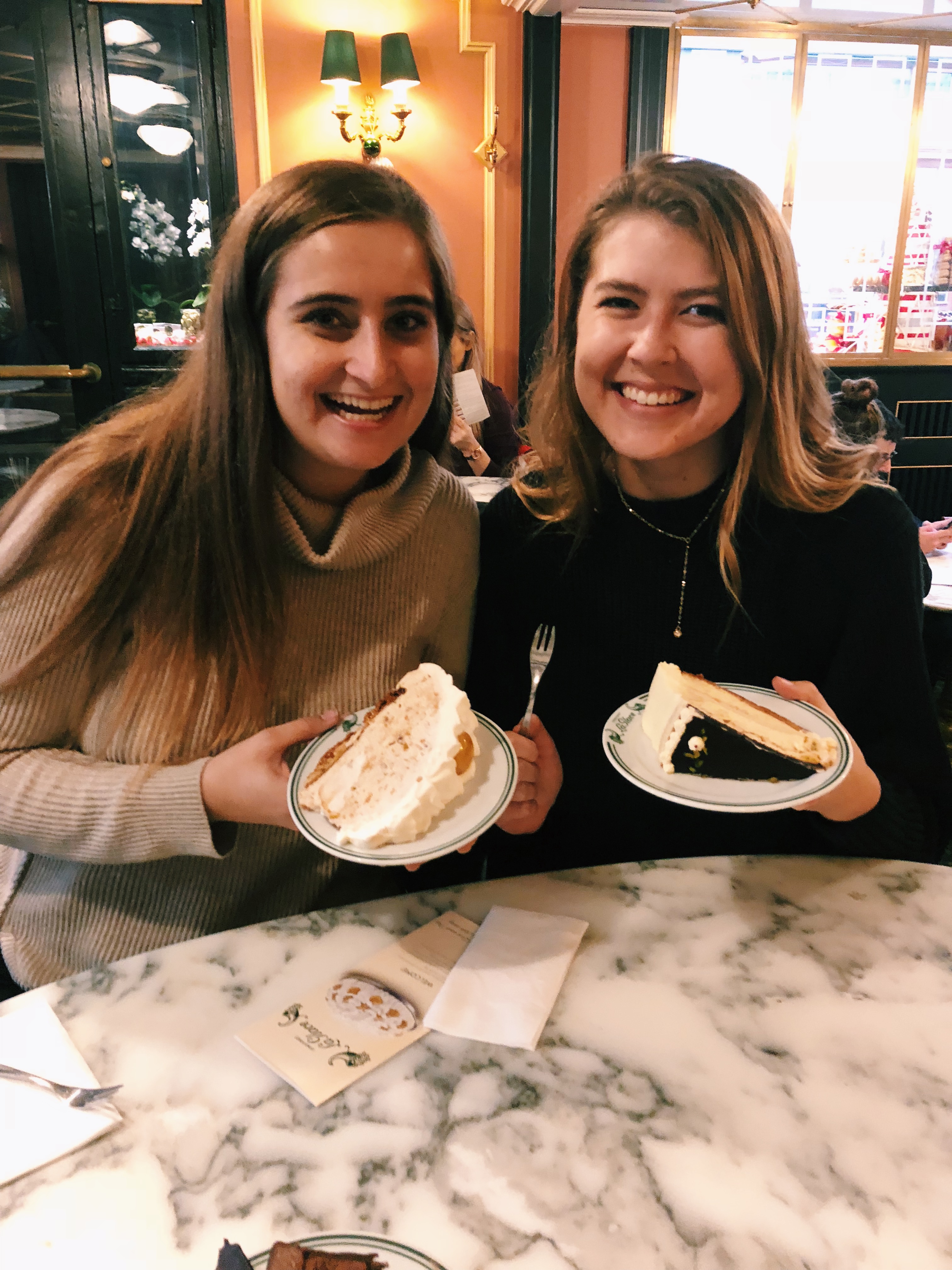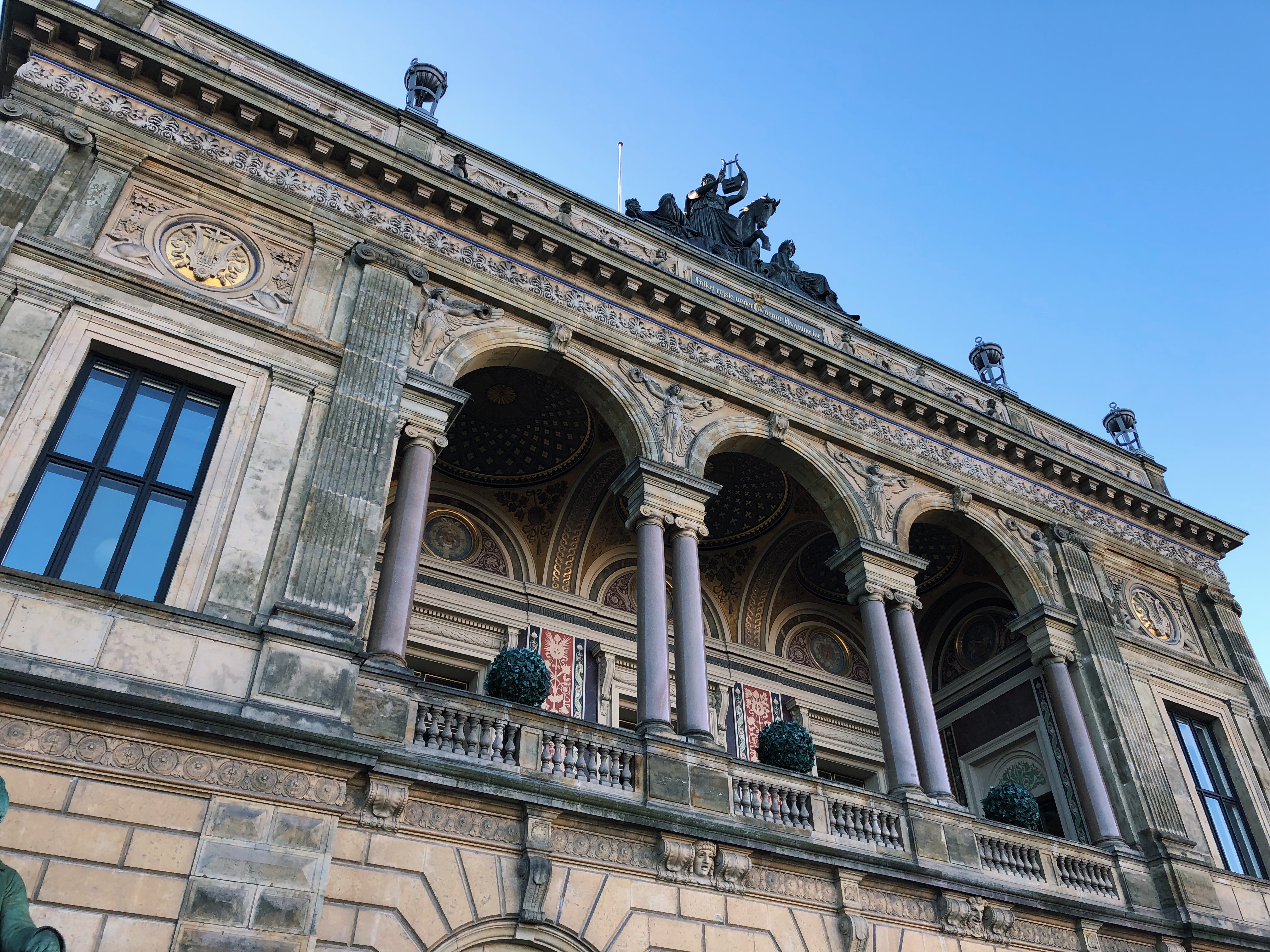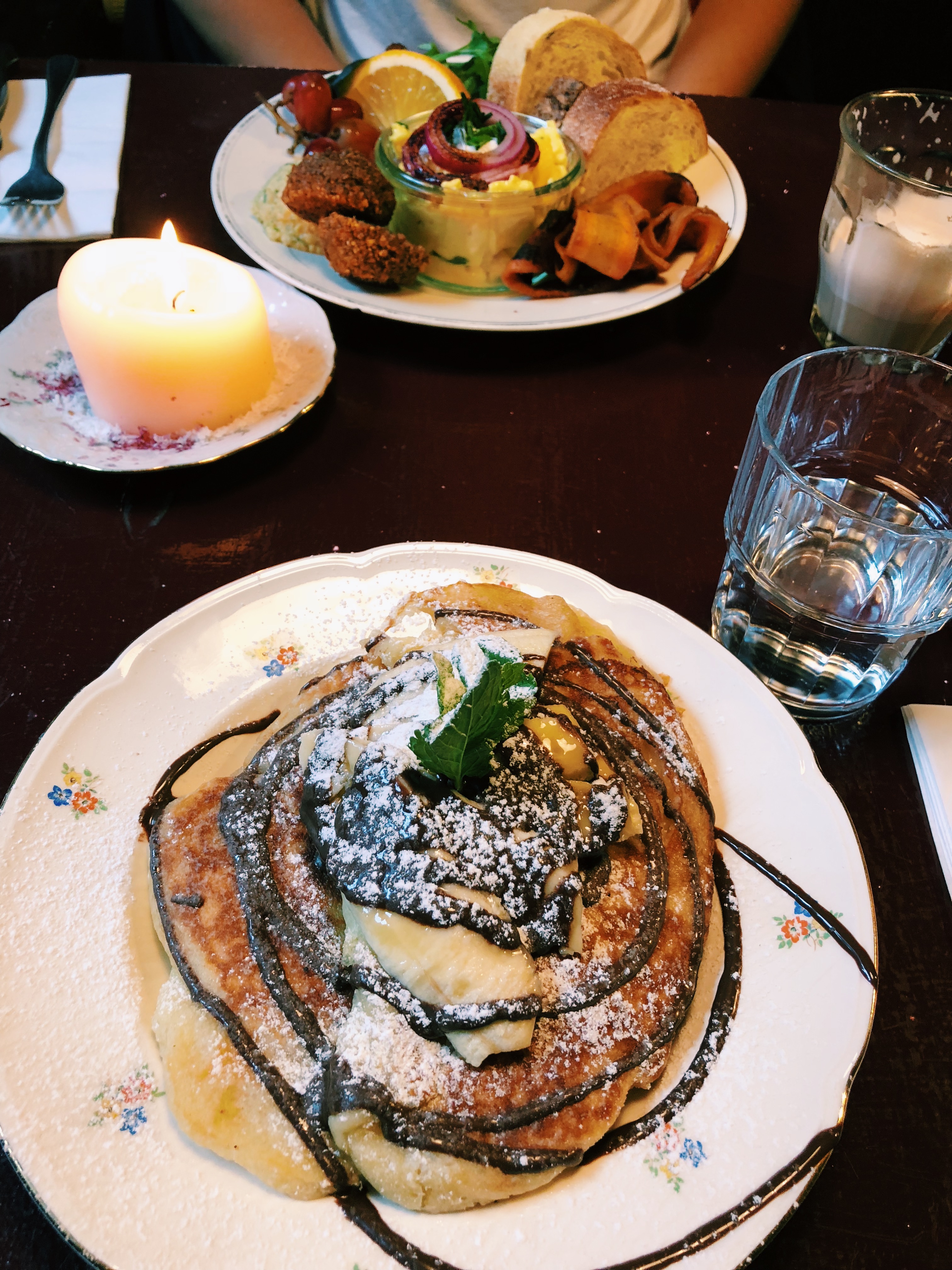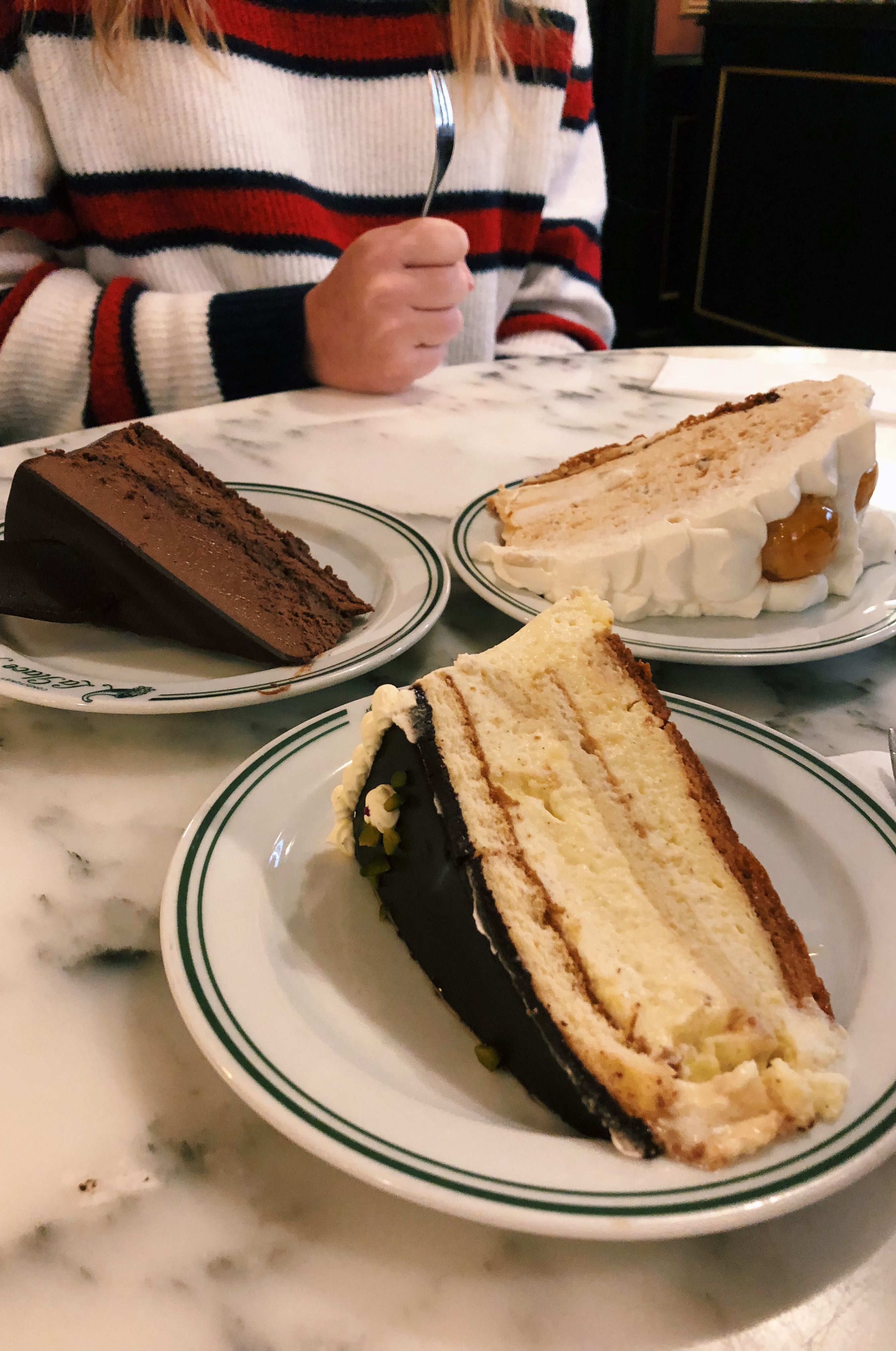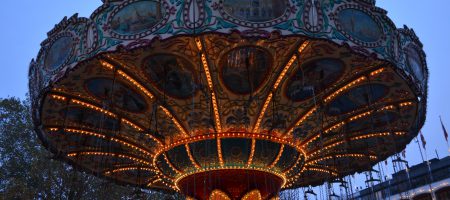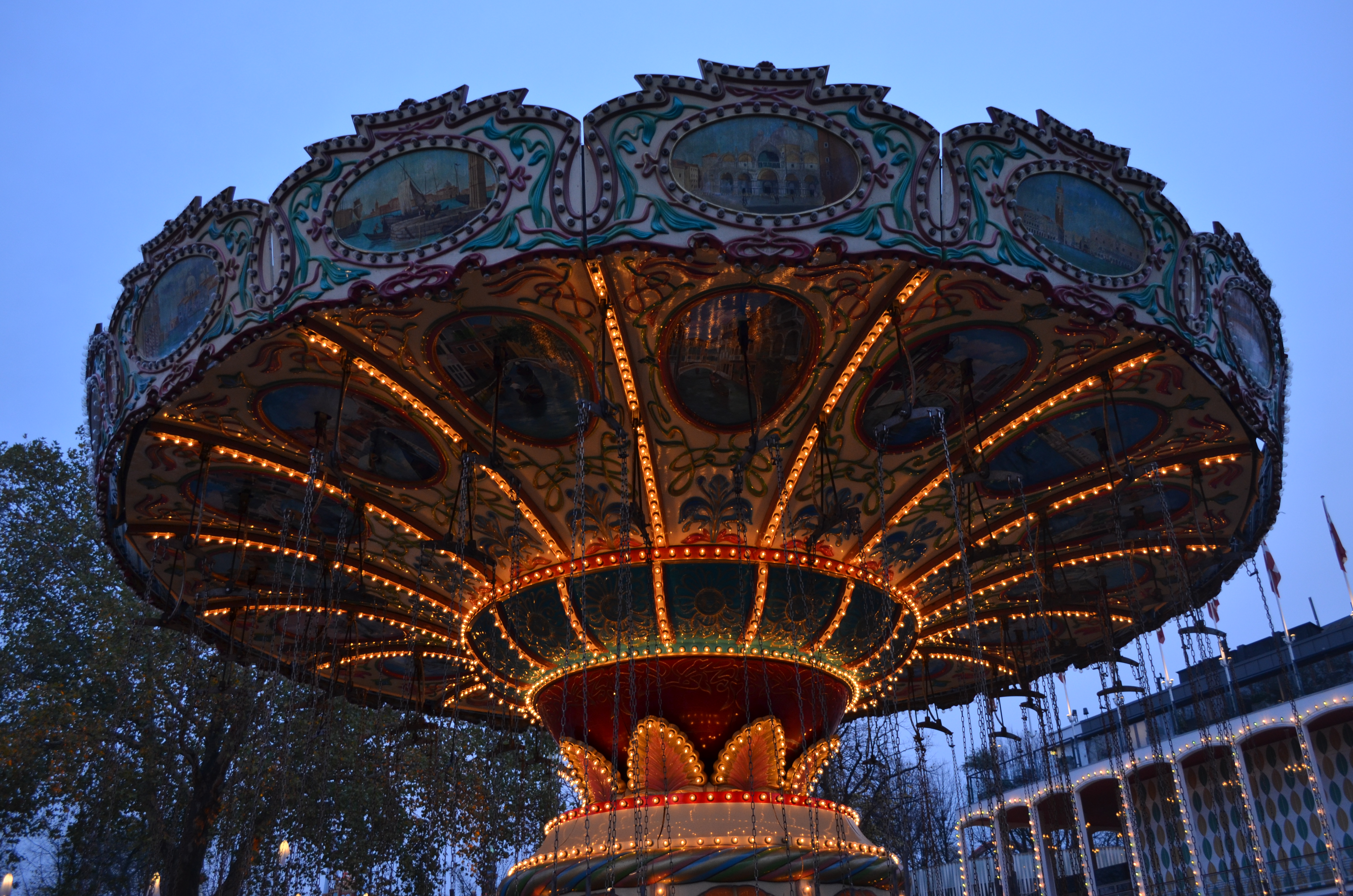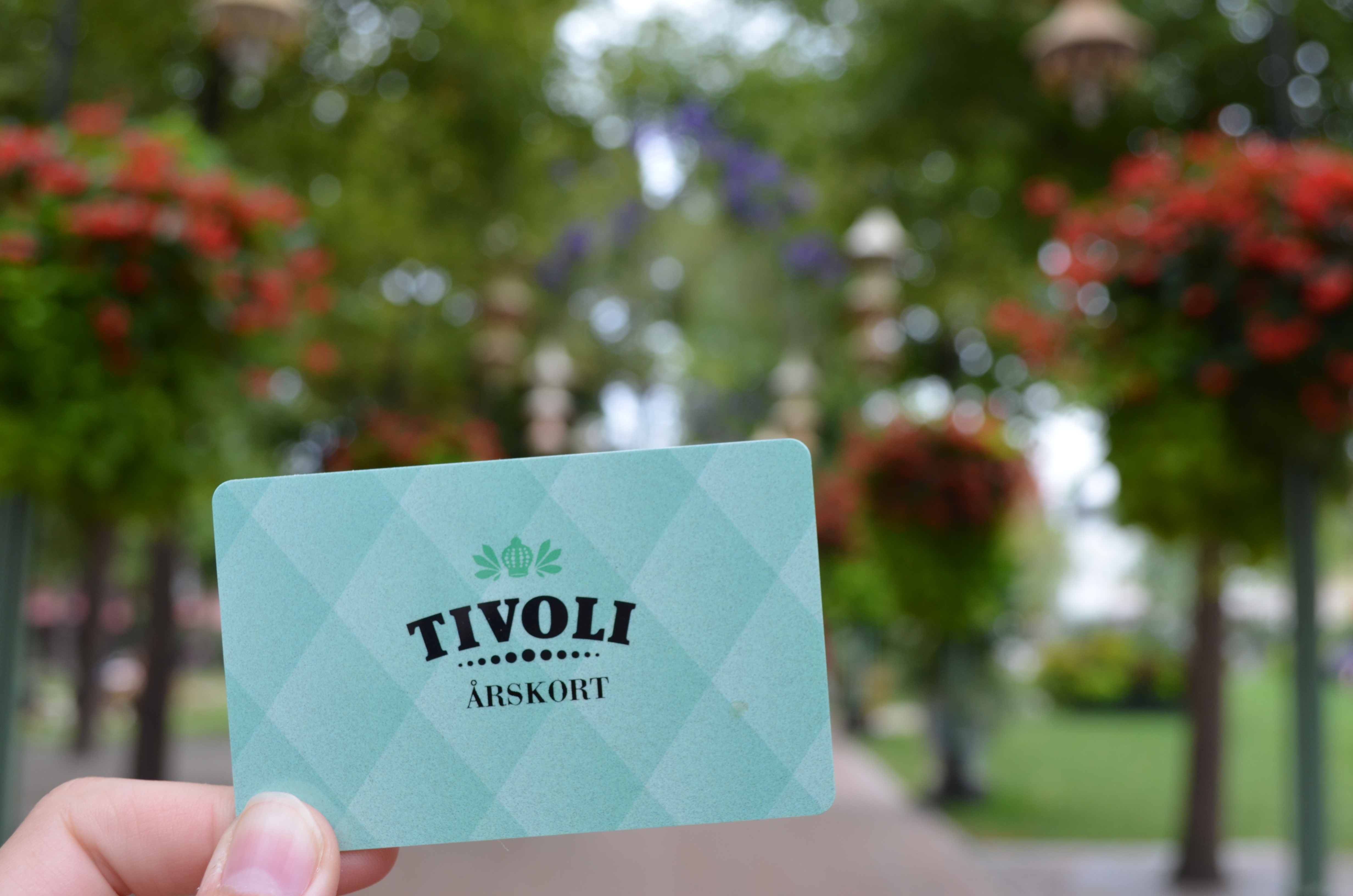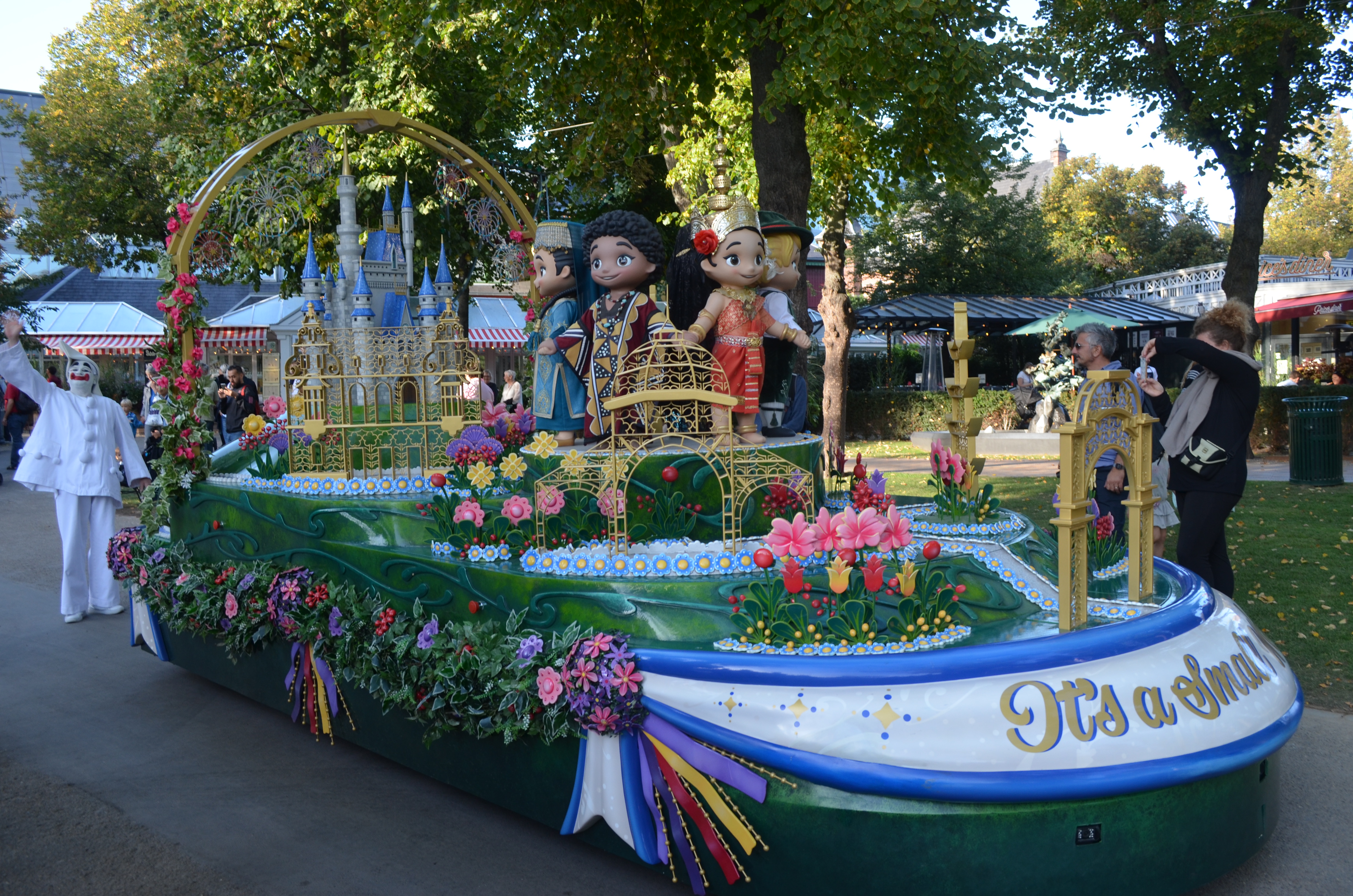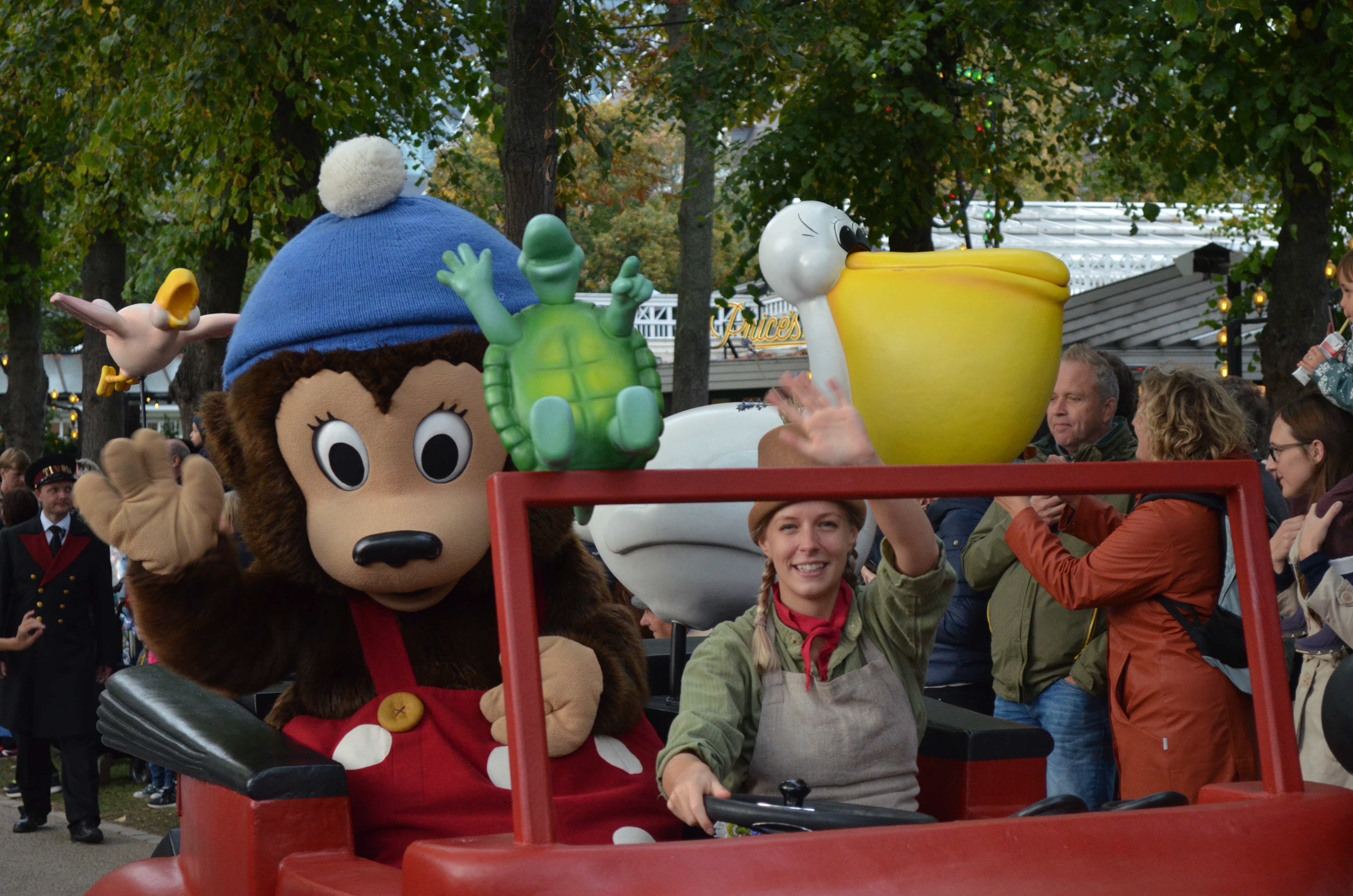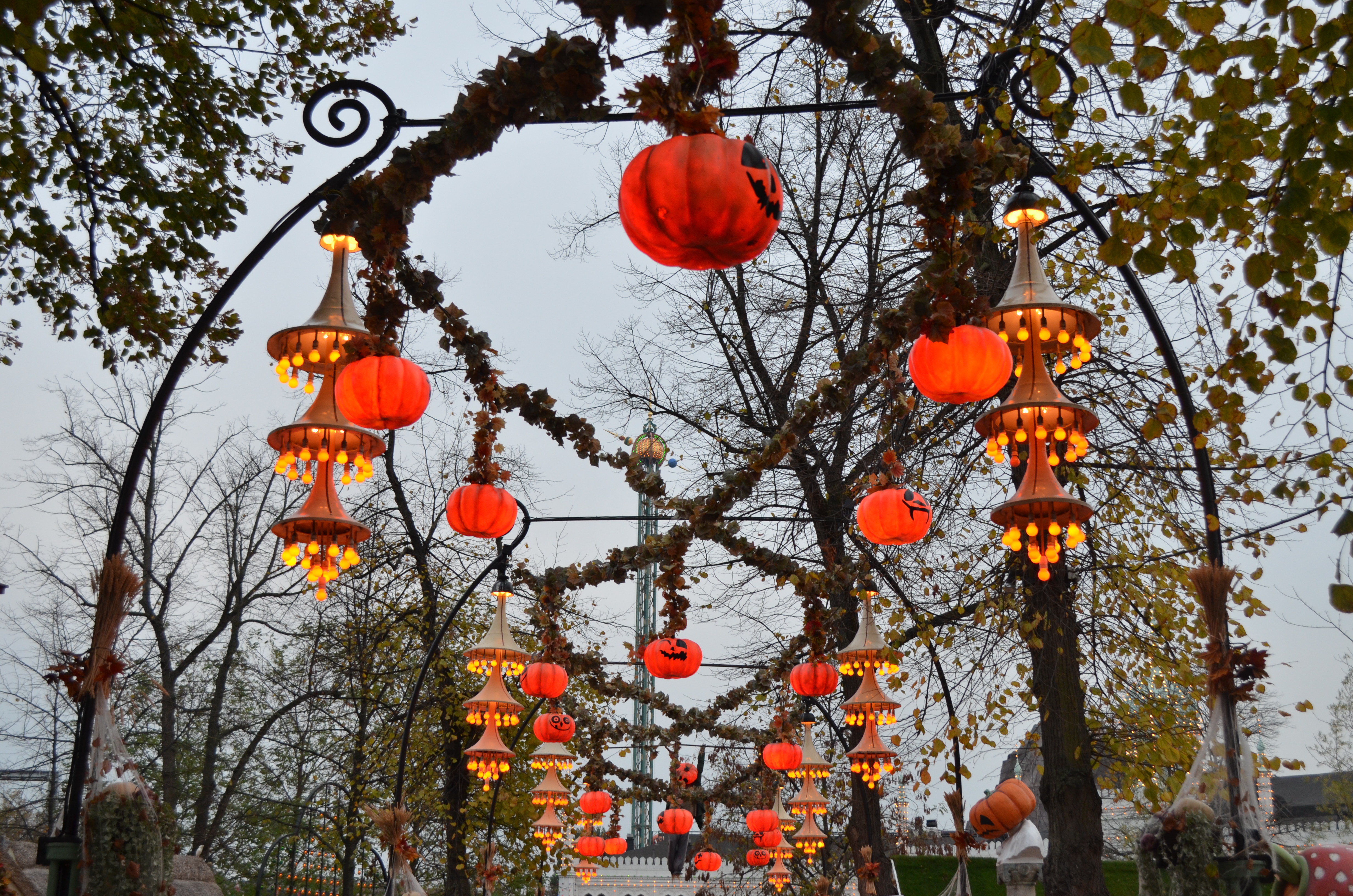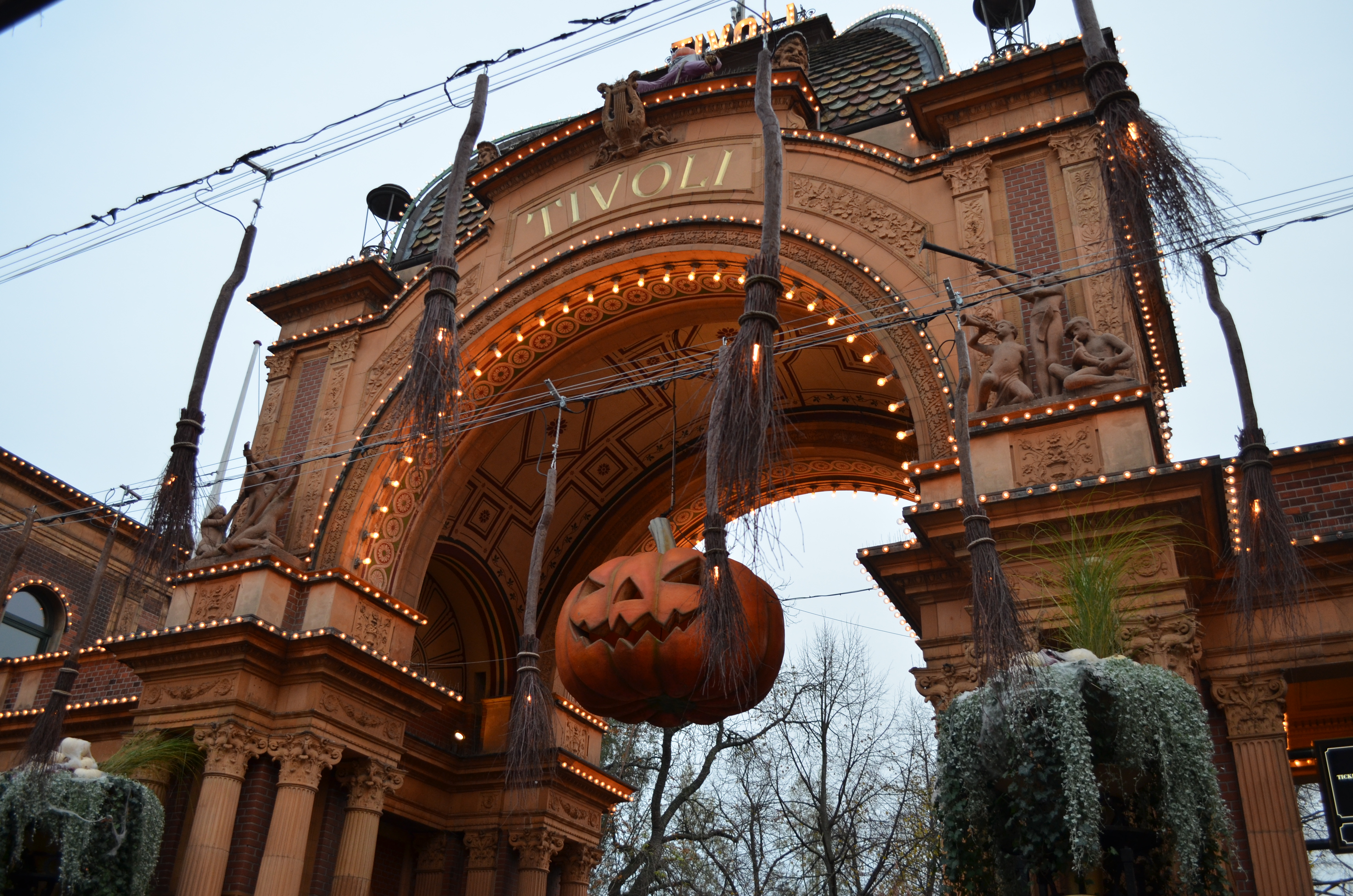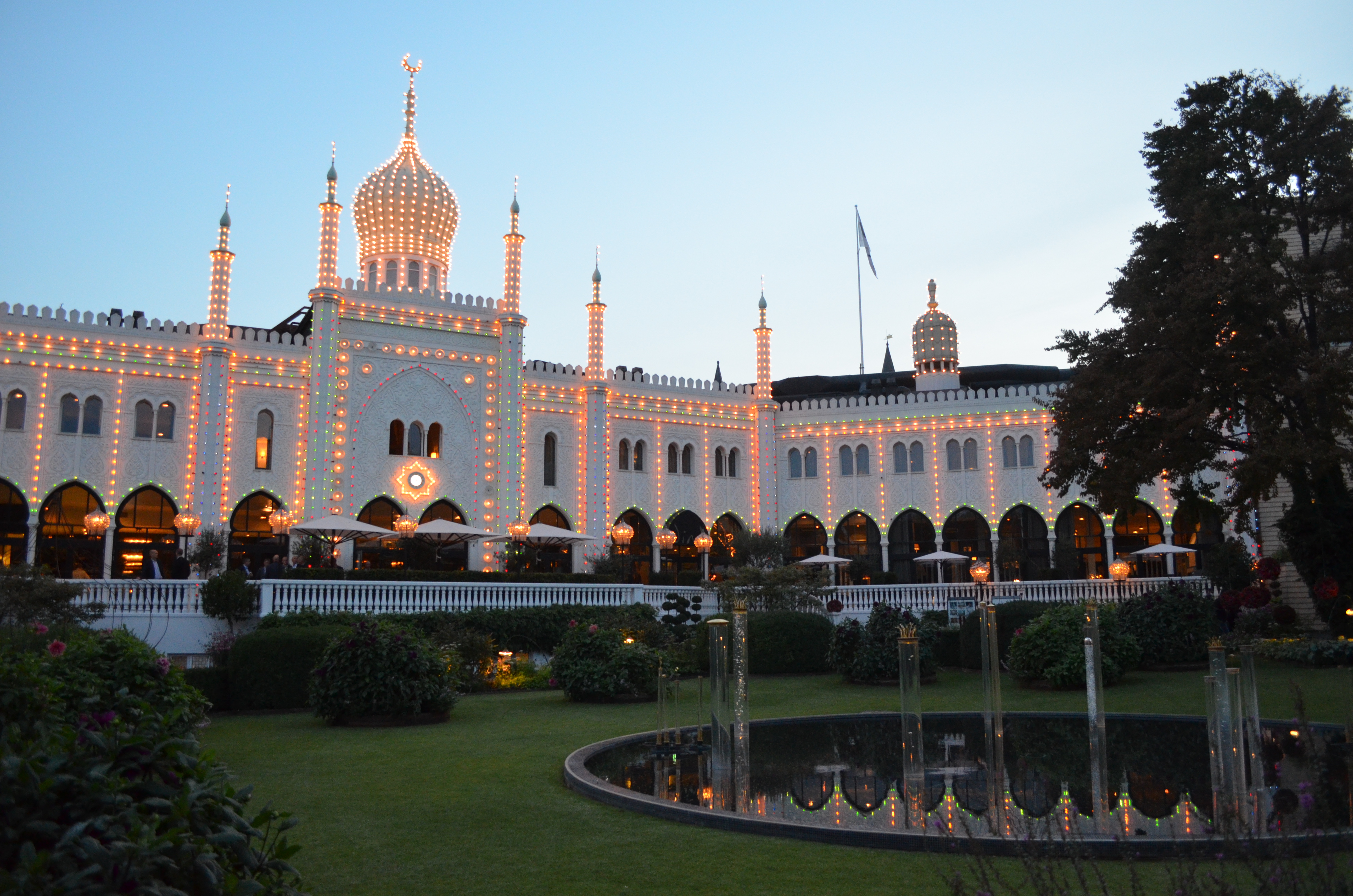England | Dining and Shopping
By Michelle Lin
Things to know about living in London: chains for shopping and eating: While there are many one-of-a-kind restaurants and shops in London, knowing more about the chains in this city are definitely helpful if you’re studying abroad here. These chains are where you’ll find yourself shopping and eating in your daily lives, and also offer an illuminating look into British life. Here’s some more information on where you should buy shampoo and eggs, and where to kick your sushi craving.
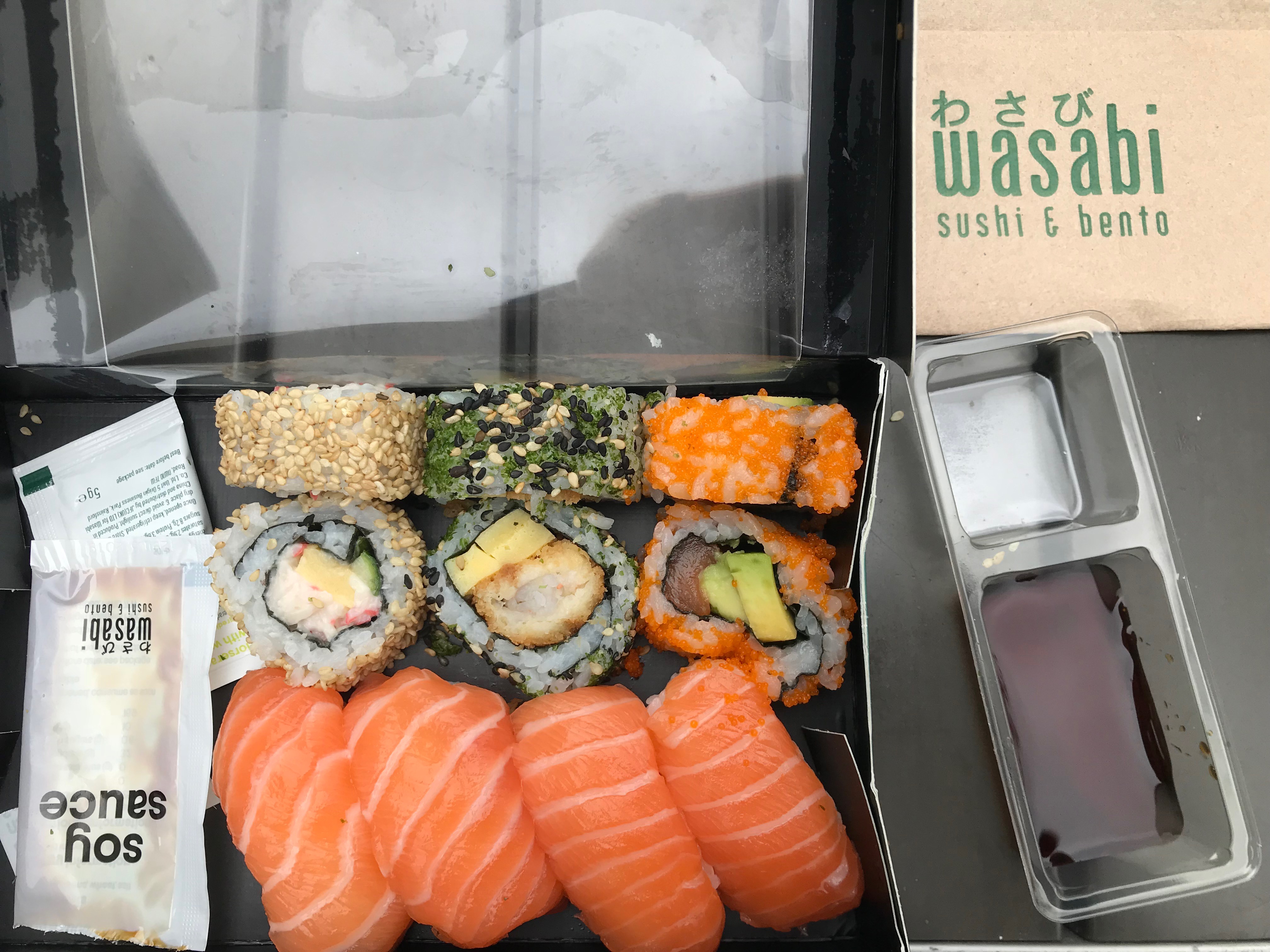
SHOPPING
Drugstores: Superdrug and Boots
Superdrug is better for beauty and body care products, while Boots is better for medicine, as their pharmacists will give you really helpful medical advice based on your situtation, and which medicines you should take. In addition, you can get your flu shot at Boots, which costs 12 pounds. Both are also great to explore skincare products that aren’t available in the United States. Some interesting things that I’ve learned is that the British word for acetametaphin is paracetomal, and drugstores here do not sell facial washes with benzoyl peroxide.
Supermarkets: Tesco, Sainsbury, Waitrose, Marks & Spencer
Tesco, Sainsbury, Waitrose, and Marks & Spencer are the major chain grocery stores. Waitrose and Marks & Spencer are more expensive than Tesco and Sainsbury, but has a larger selection of products and fresher produce. There is also Tesco Metro and Sainsbury’s Local, which are smaller versions of the grocery stores. These are good for buying snacks, drinks, or non-perishables, but not as great for fresh produce. All of these stores have meal deals, where you get a sandwich, drink, and either chips or candy for a fixed price of around 3 to 4 pounds. These are widely popular in England, and worth trying for the British experience. Marks & Spencer has a lot of unique products, including many food items that are great to give as gifts, and a lot of ingredients that are great for cooking. While it is more expensive and specialized, I’d definitely recommend checking out their products in order to try items that aren’t available in the US.
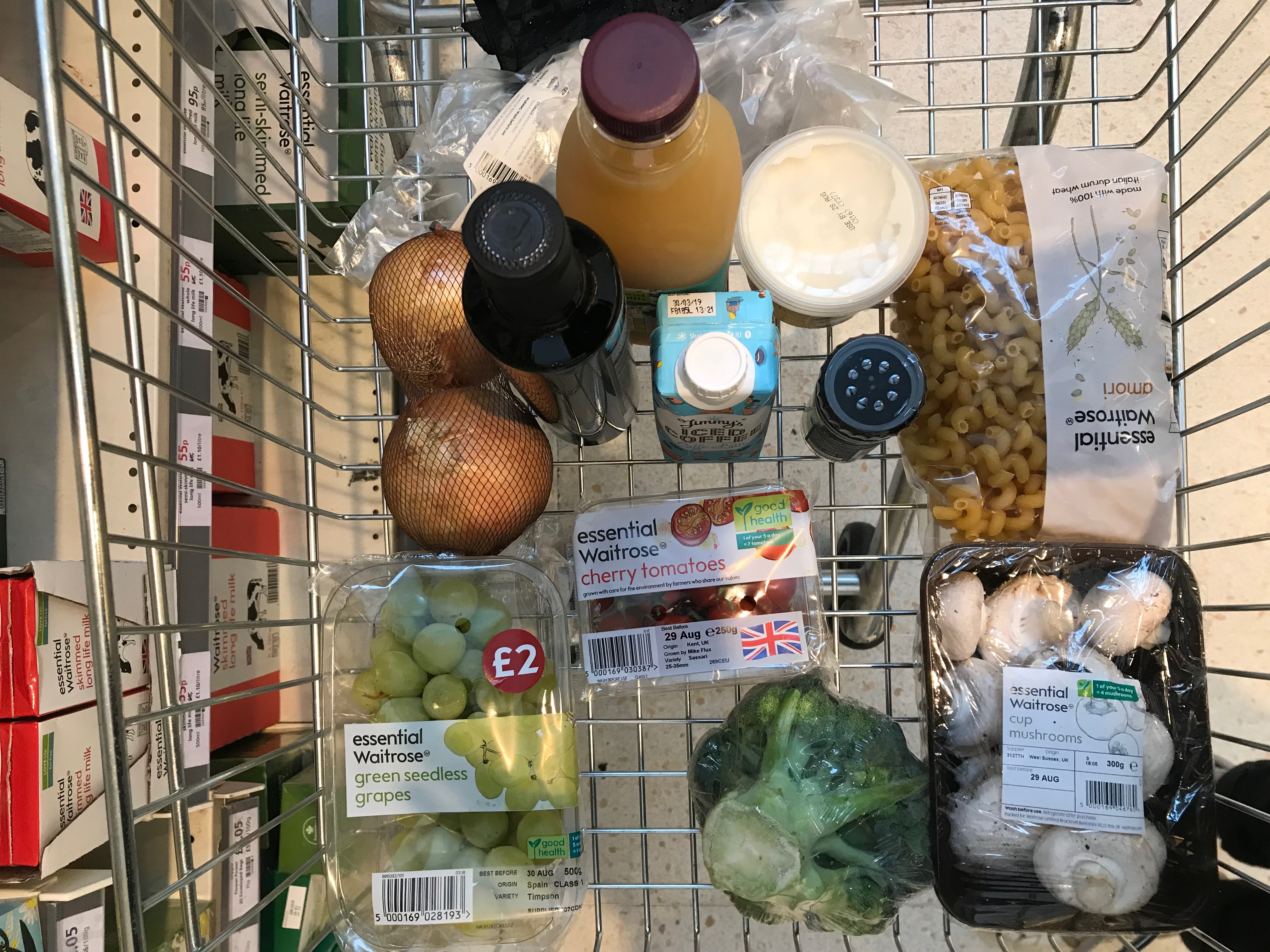
EATING
While I love many restaurants and chains in London, some of the best places to get great food for cheaper is markets and farmers’ markets. These markets offer a large variety of ethnic food, are great for trying new foods. My favorites have been the duck burger in Brick Lane Market, and the Indian food at Bloomsbury’s farmers market.

Food: Nando’s, Wasabi, Leon, Pret a Manger
Nando’s is probably the most famous British chain, and for a good reason- they’re known for their legendary peri-peri flame grilled chicken, with delicious sides, for a reasonable price. My go-to order is a fourth chicken with two sides, which costs 7.45 pounds. You can choose the sauce for your chicken to be cooked in (my favorite is medium), and my favorite sides are corn on the cob and mashed potatos. Nando’s is famous for their numerous delicious sauces that you can dip your chicken and sides in, and you can grab the bottles of sauces to bring to your table. One of my favorite things about Nando’s is that it’s the only restaurant I’ve seen in London with an ice machine.
Wasabi is the most established sushi chain in London, serving both sushi and bento boxes with dishes such as yakisoba and chicken katsu curry. The sushi isn’t amazing, but good enough for the price and convenience, and fulfills my cravings for sushi.
Leon is a healthy fast food joint, that serves the food usually right as you order it. I’m not a huge fan of their chicken burgers, but I do really like their chicken nuggets. This restaurant makes healthy food more accessible, and is a great alternative to stopping at McDonald’s when you want food quickly.
Pret a Manger serves sandwiches, coffee, juices, soups, and pastries- it essentially has options for both a meal or a snack, and is widely popular in London. There seems to be one on each block. Some are only take-out locations, but others have eat-in options as well.
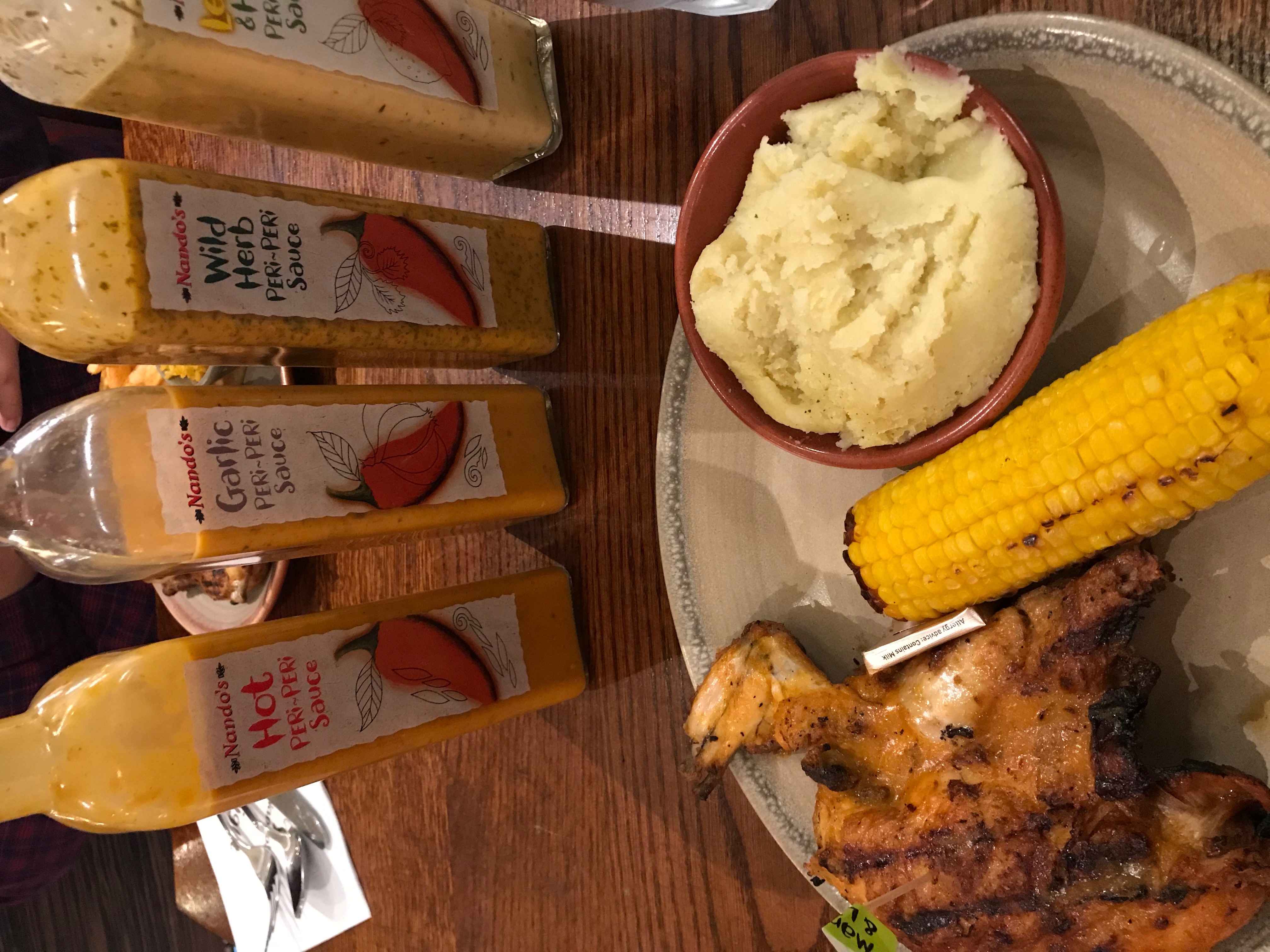
Coffee: Pret a Manger, Nero Coffee, Costa Coffee
The most popular and widespread coffee chains are Pret a Manger, Nero Coffee, and Costa Coffee. Although all of these chains don’t do iced coffee like the ones I’m used to in the US, they all make great flat whites and offer a variety of pastries as well. In addition, Starbucks is also widely popular here, with locations everywhere as well.
Michelle Lin studied in London, England in 2018: http://eap.ucop.edu/OurPrograms/united_kingdom_england/Pages/default.aspx


